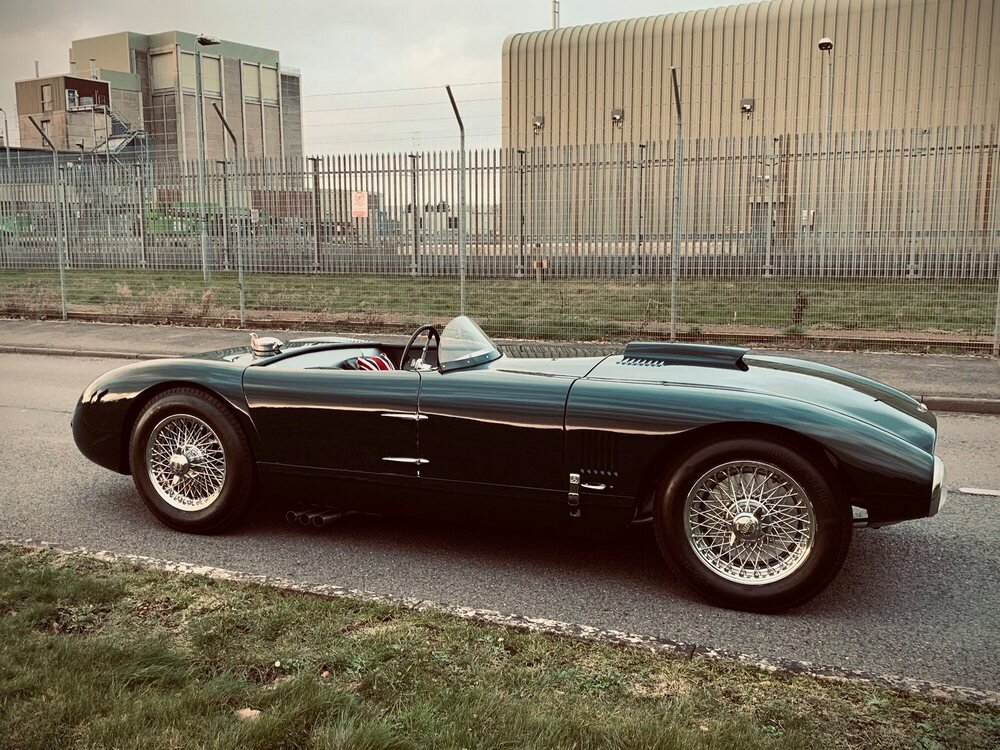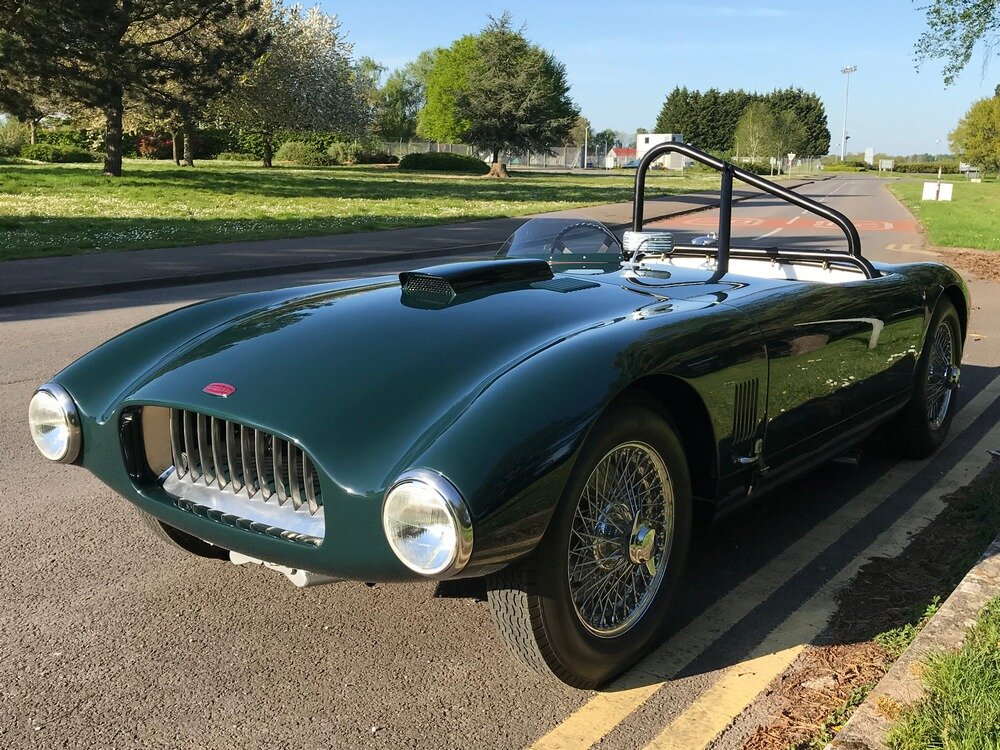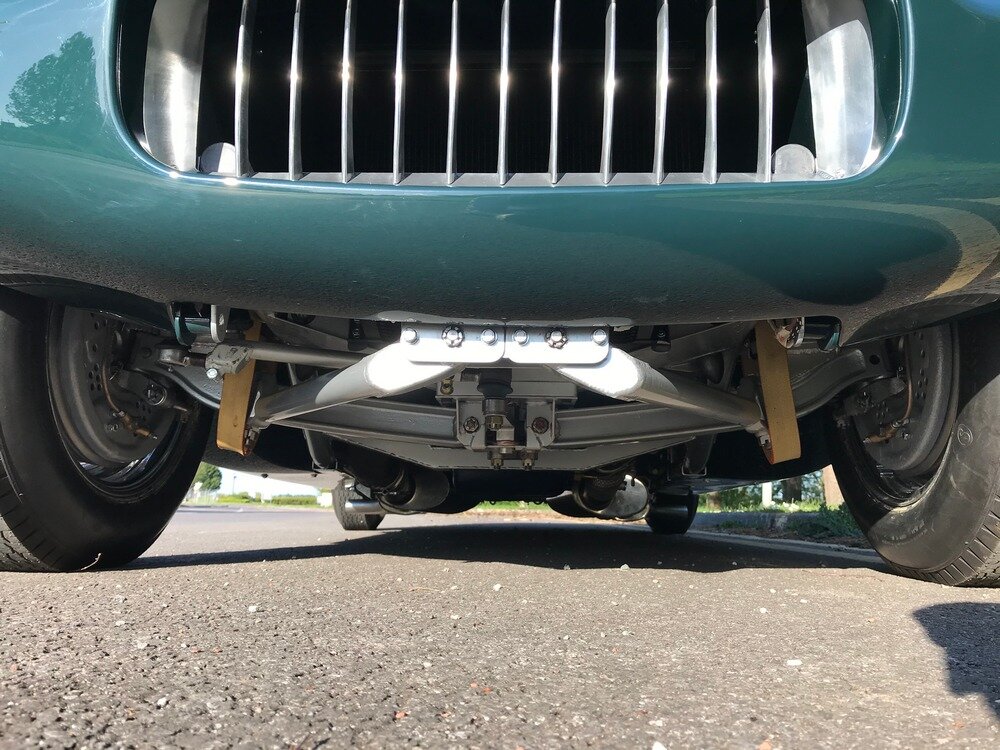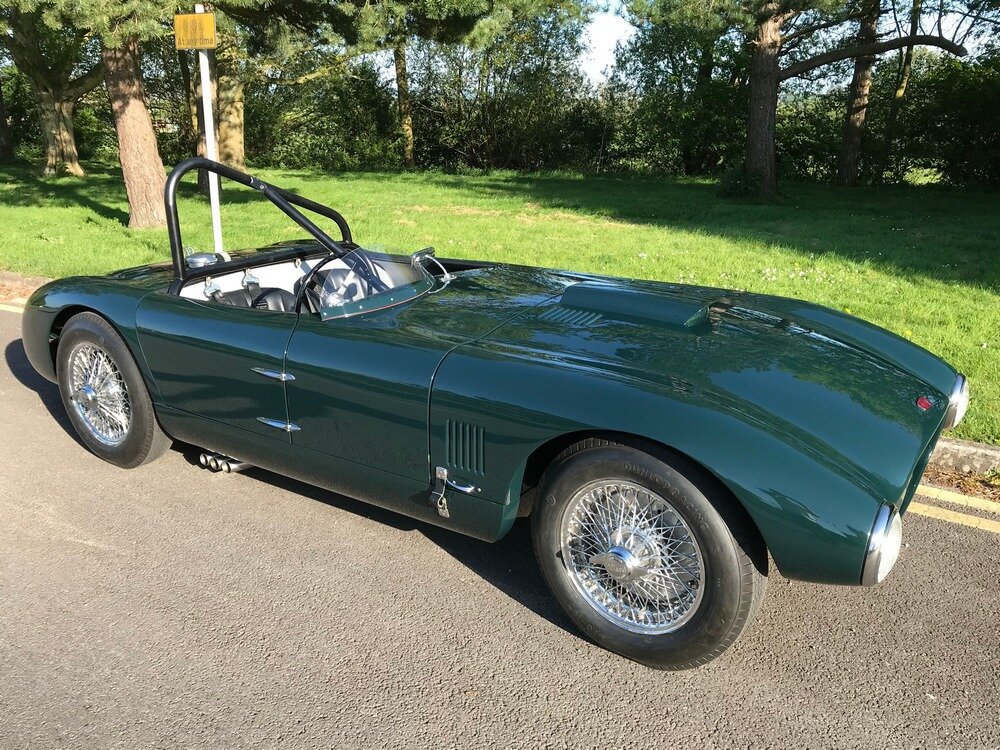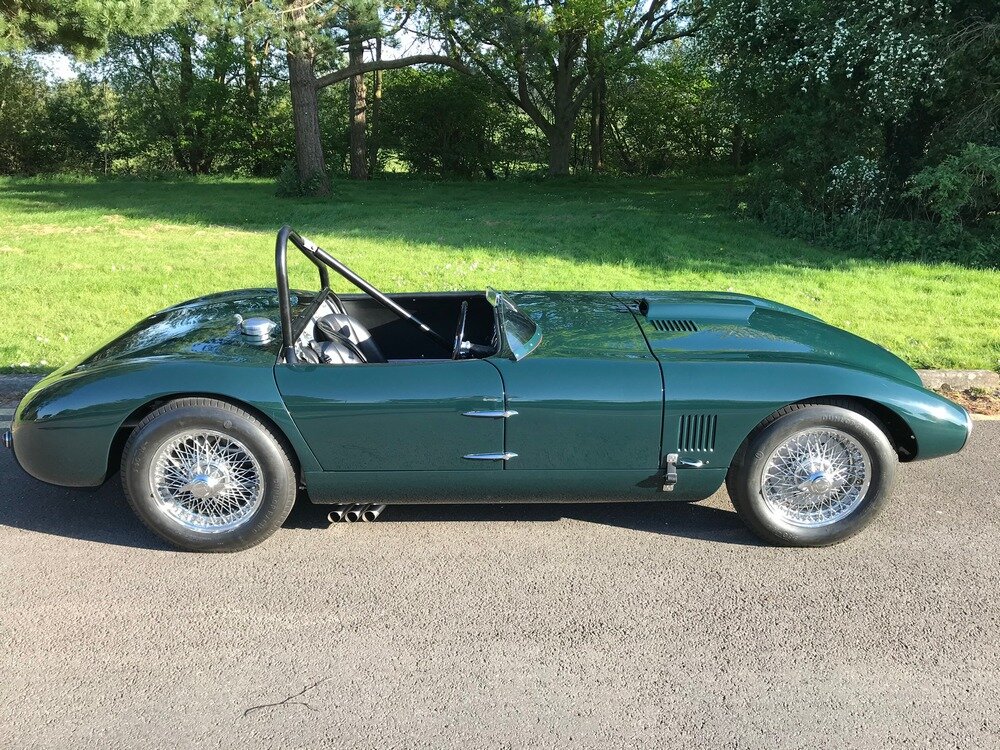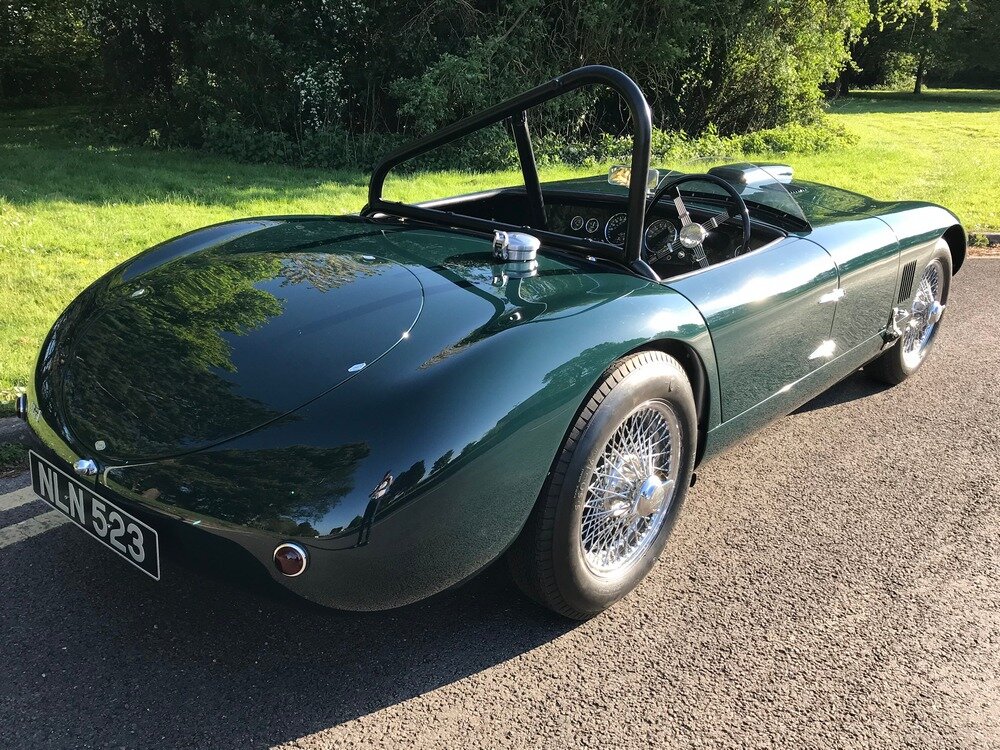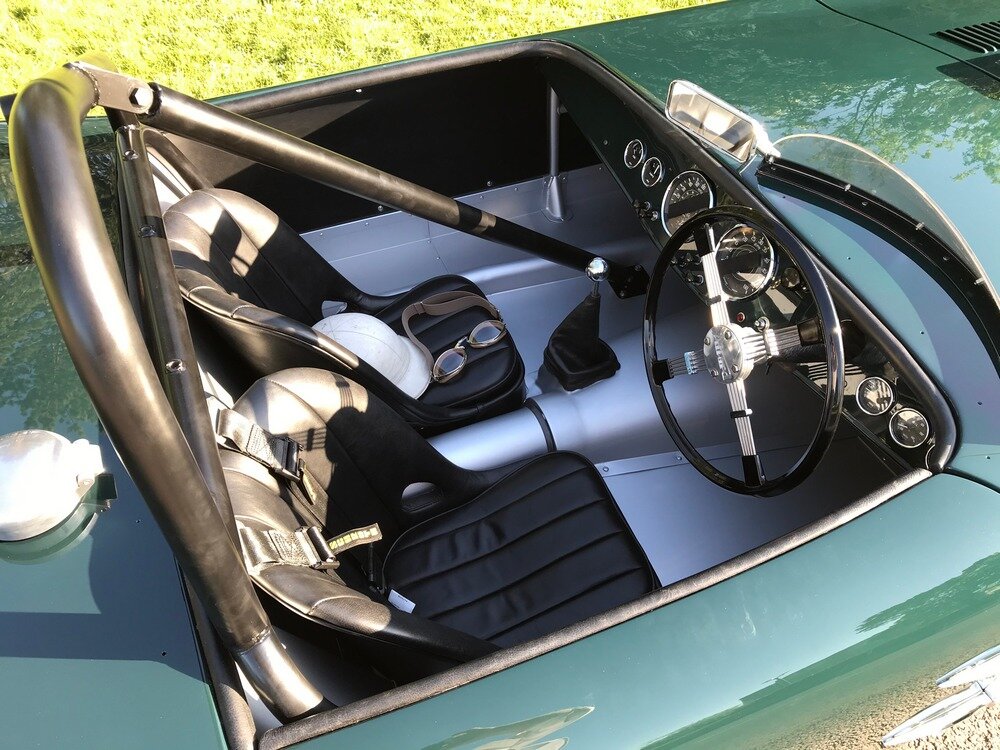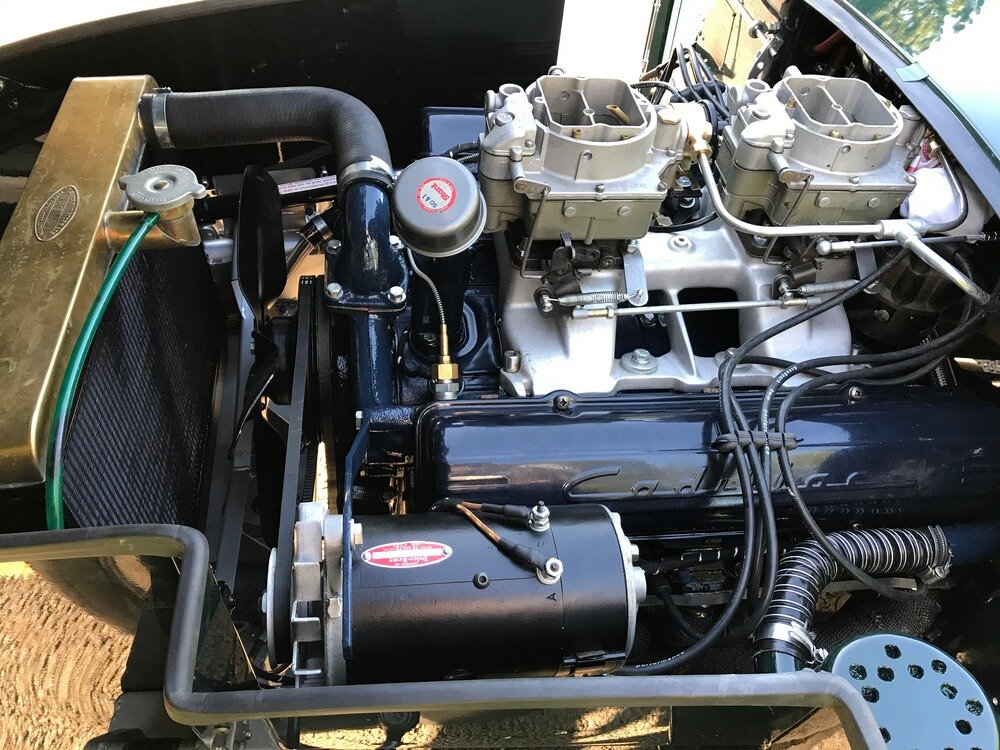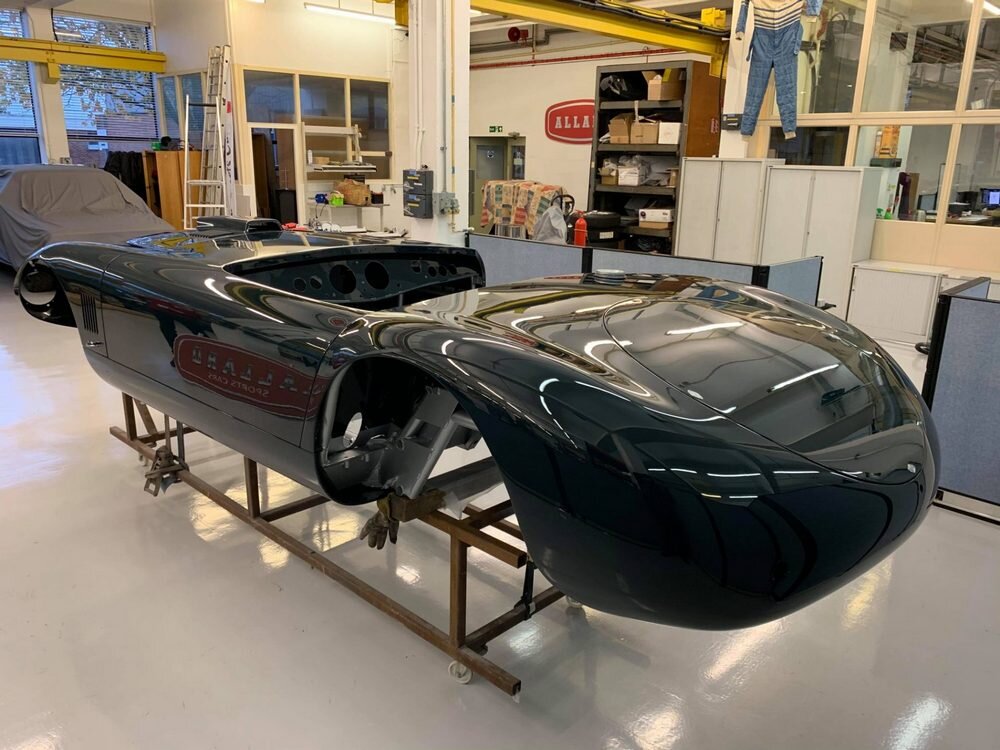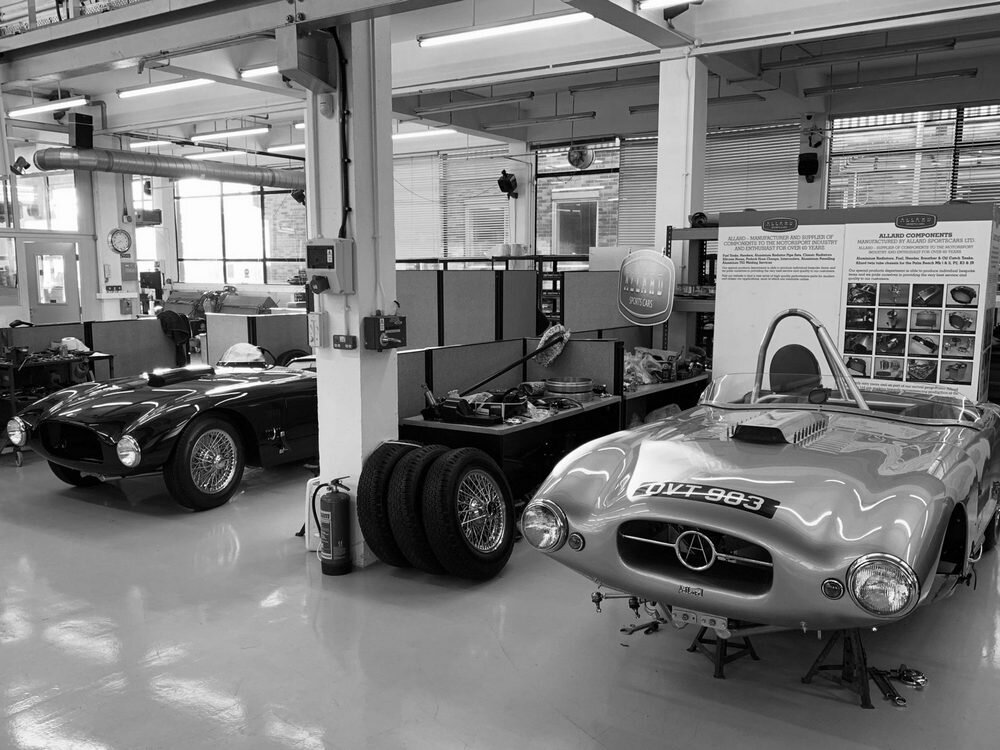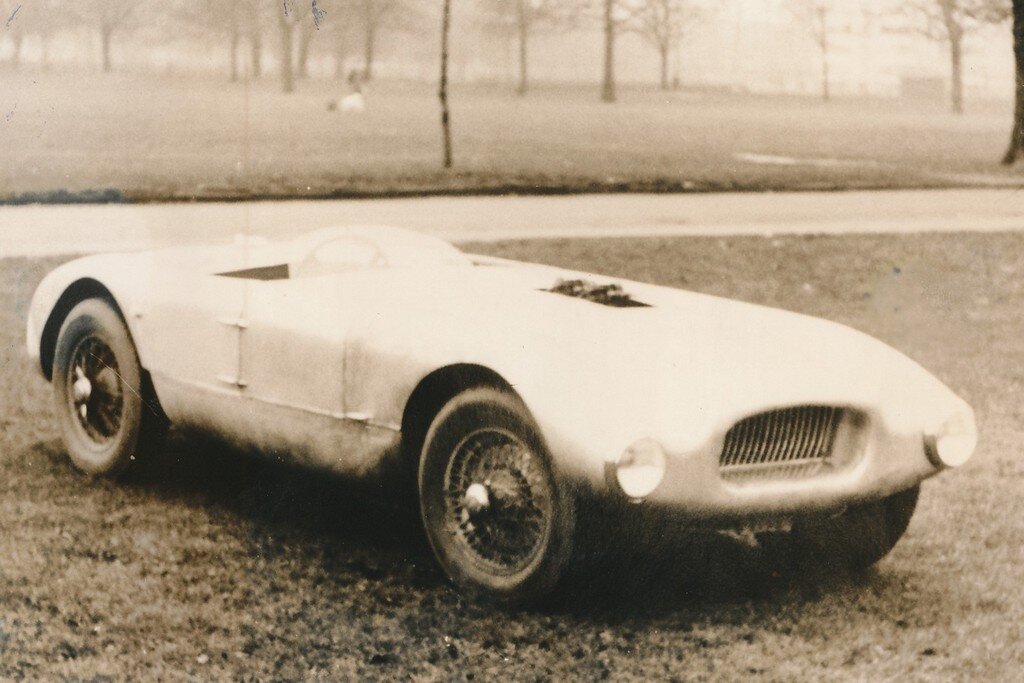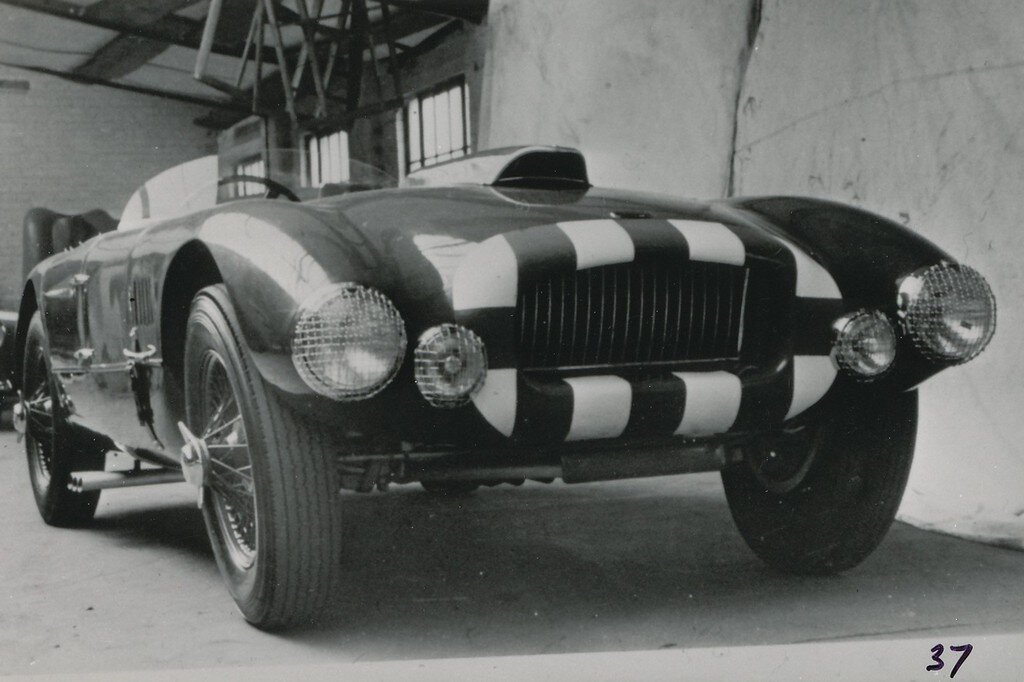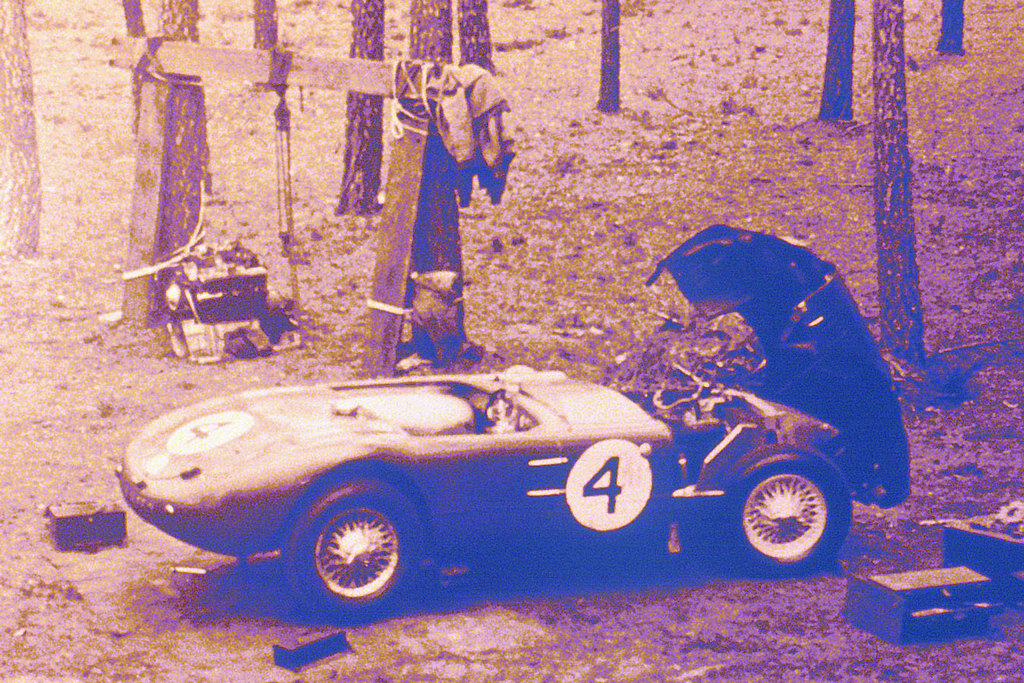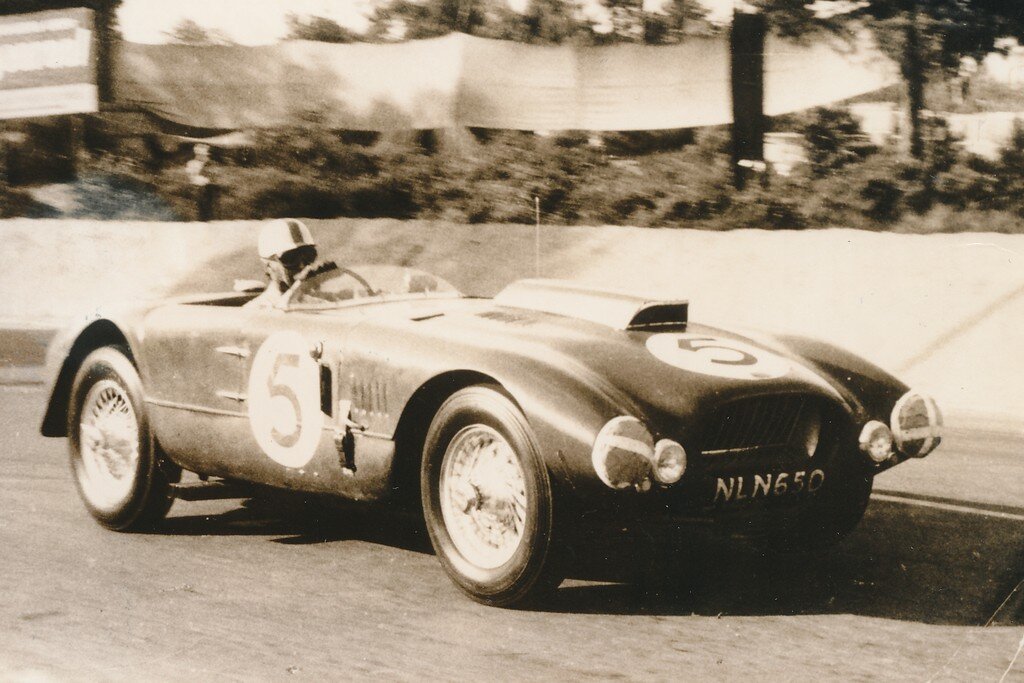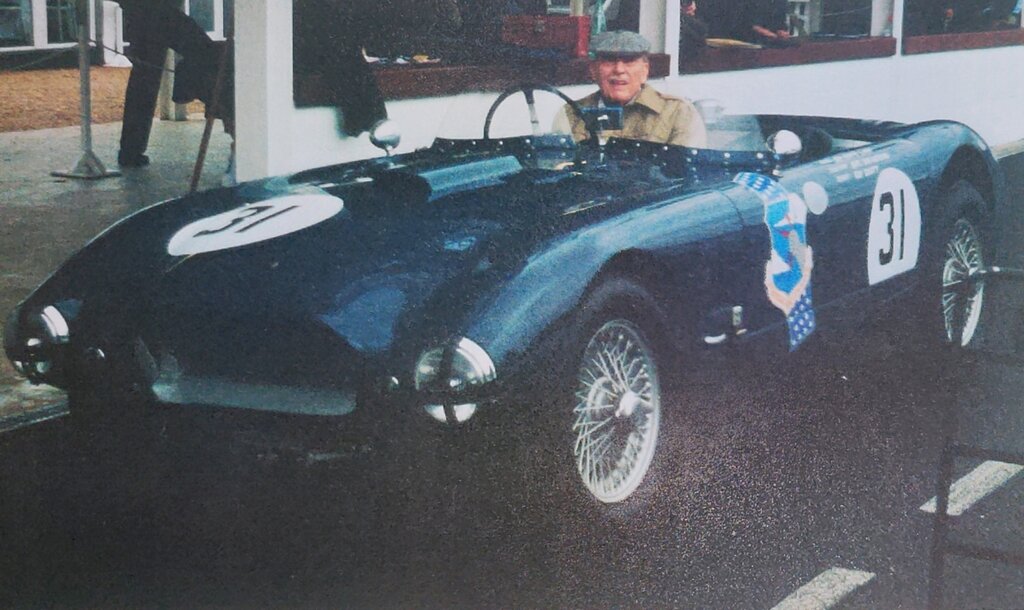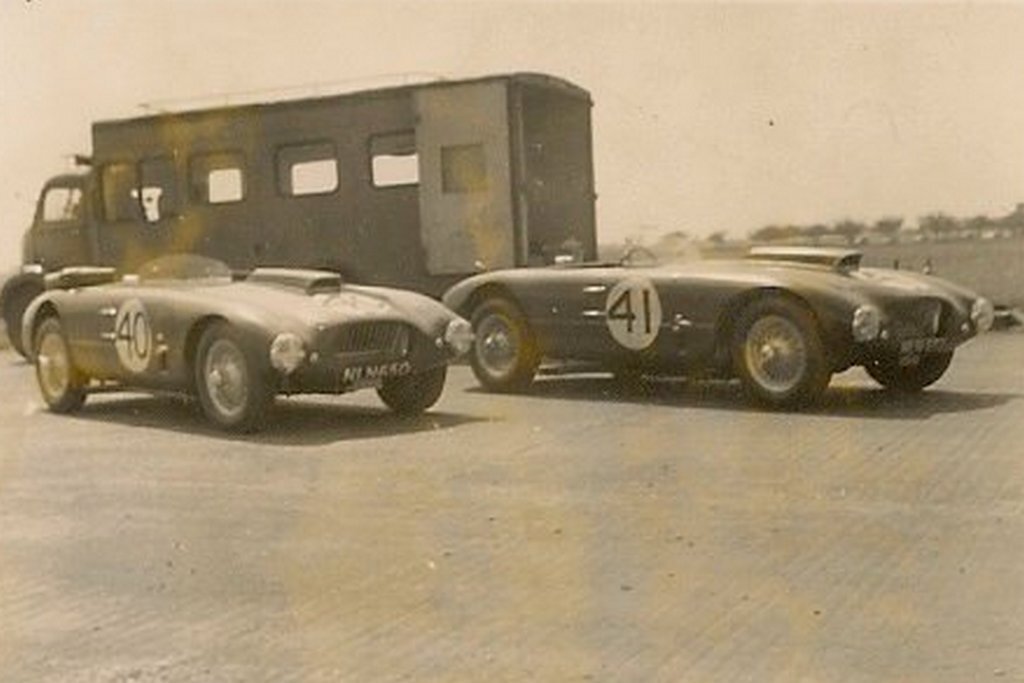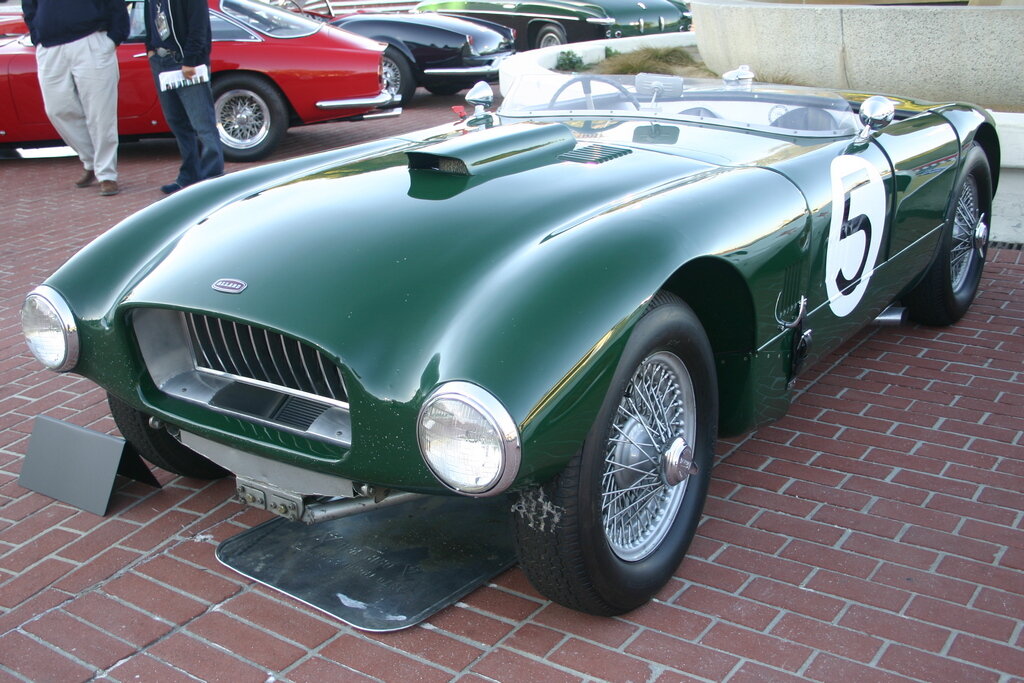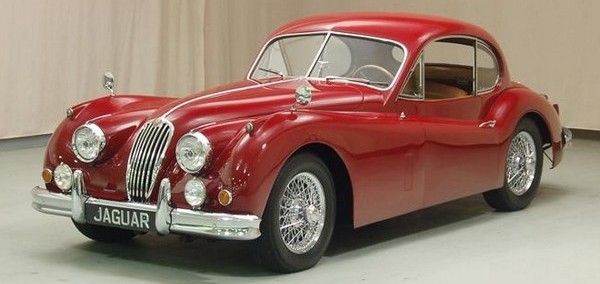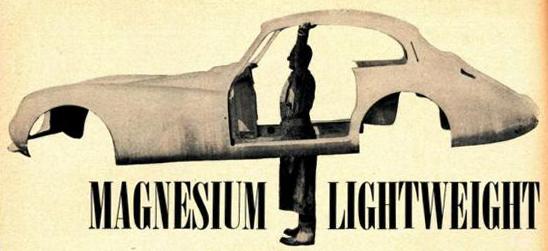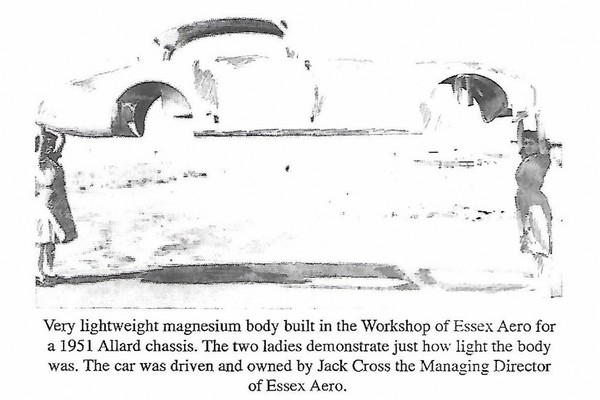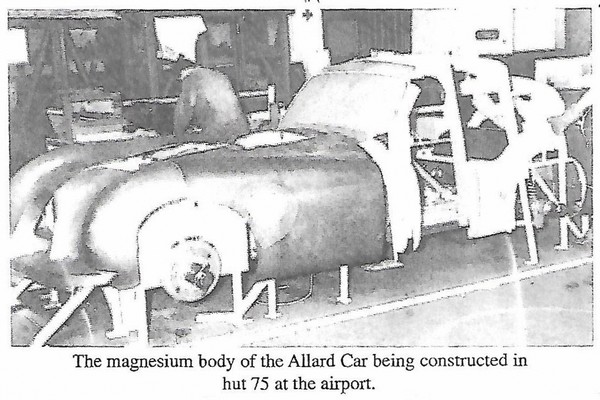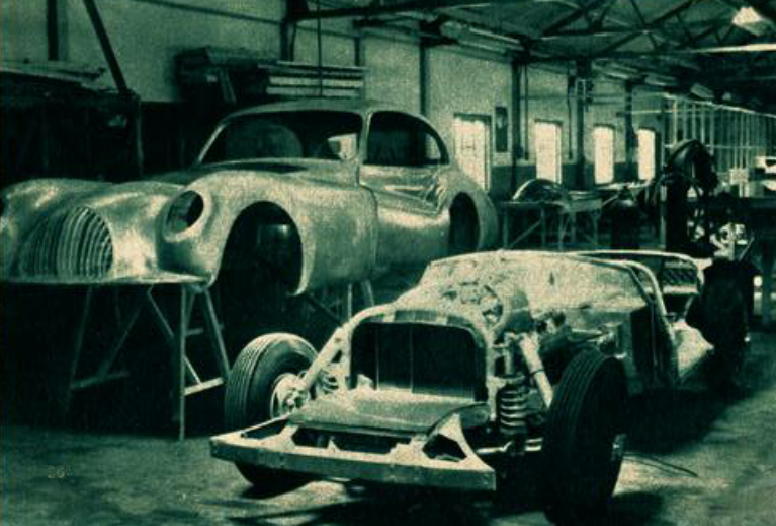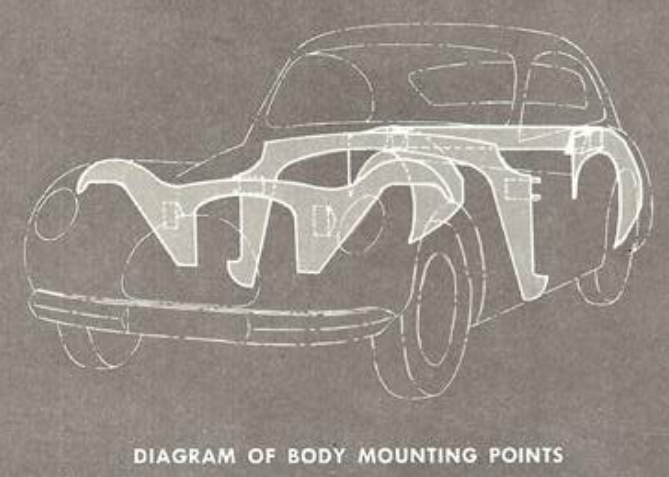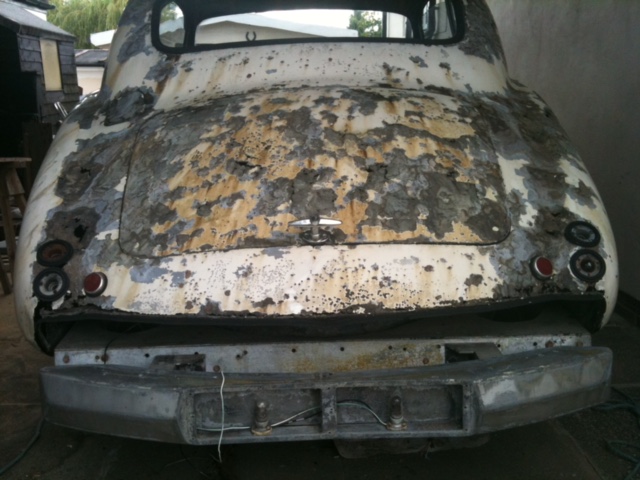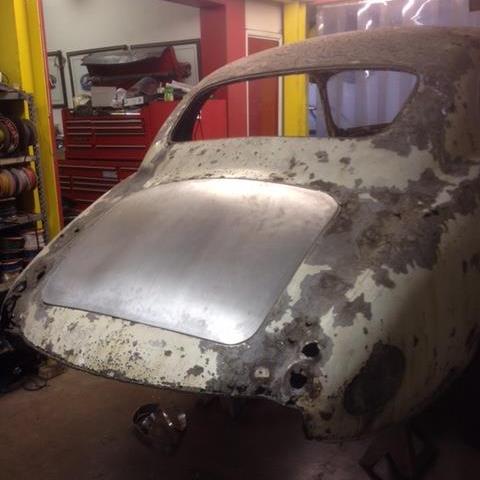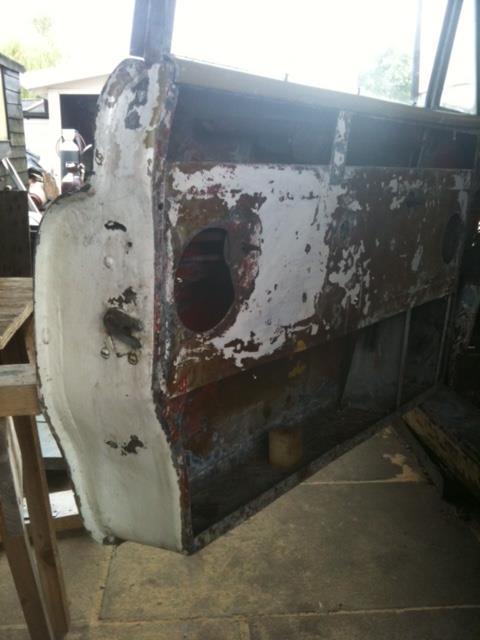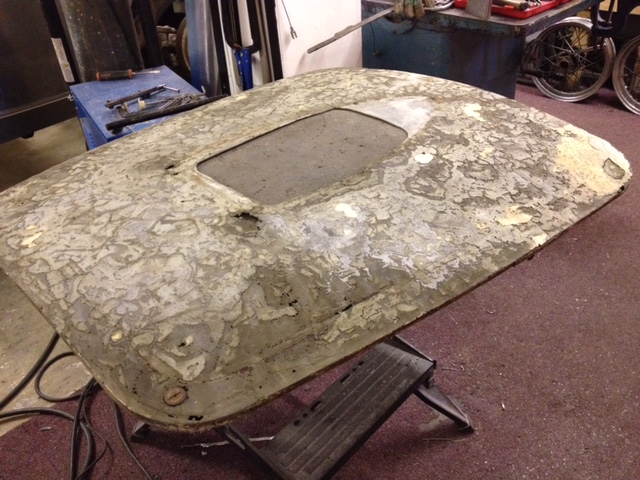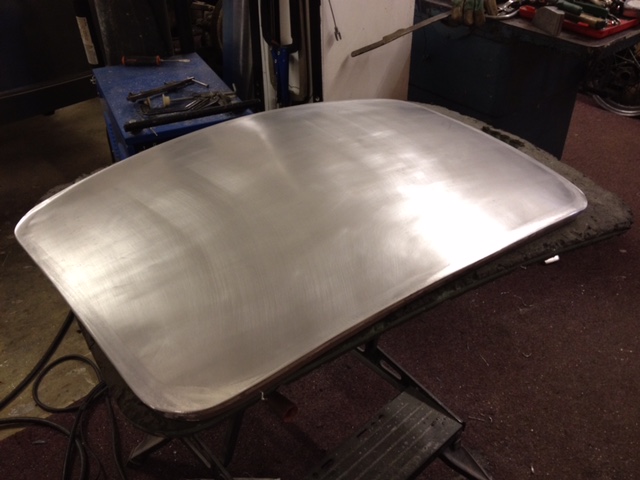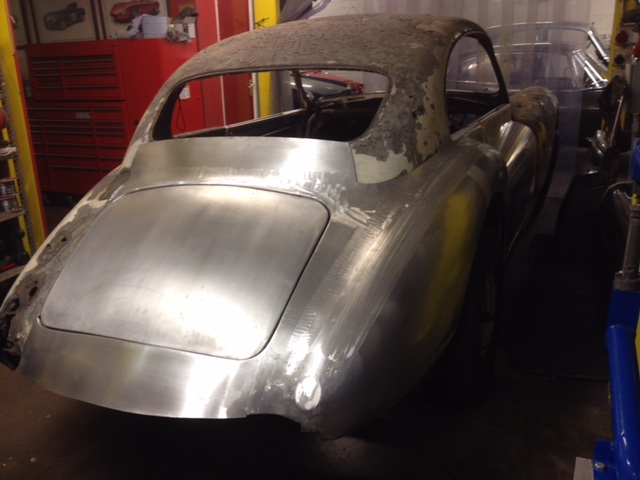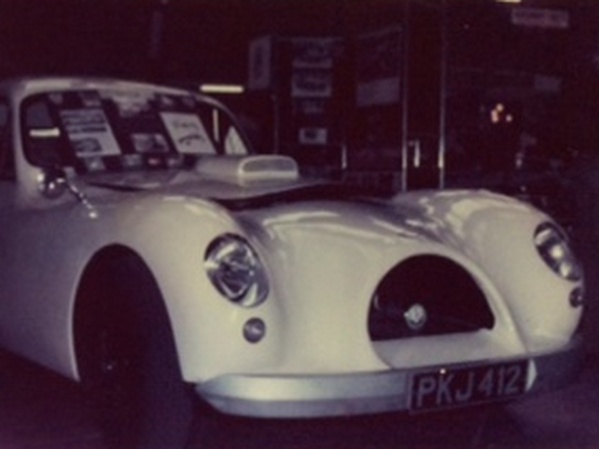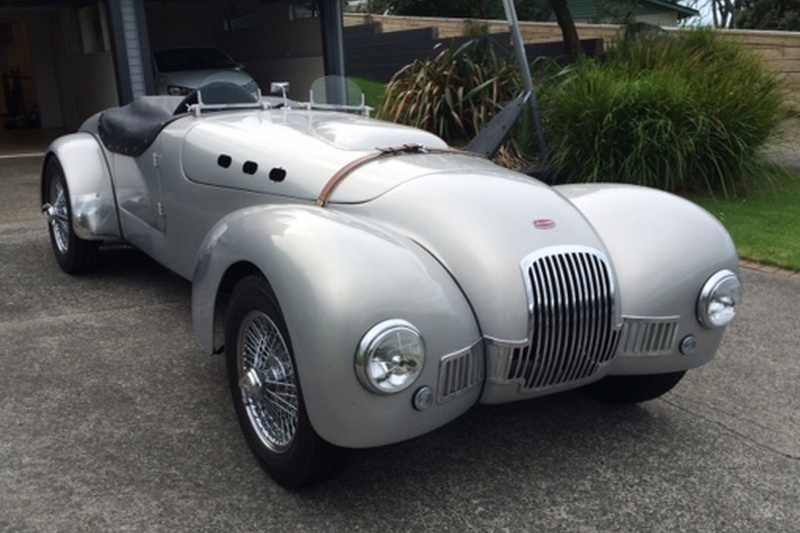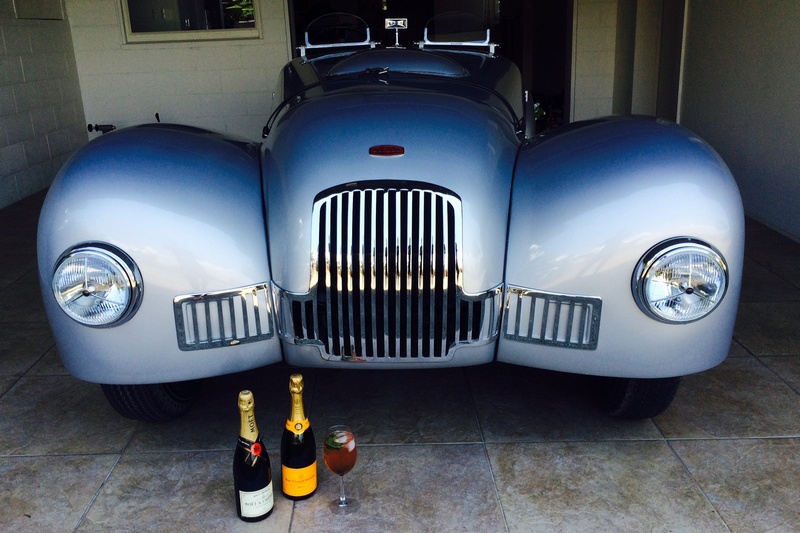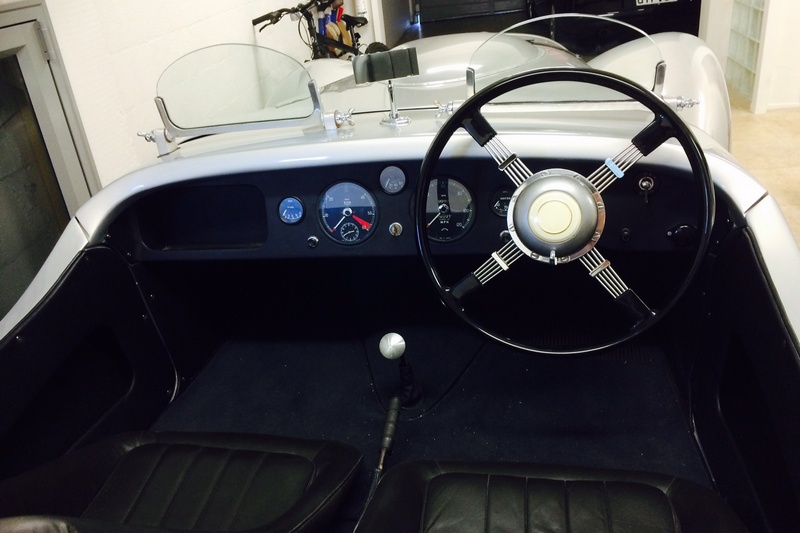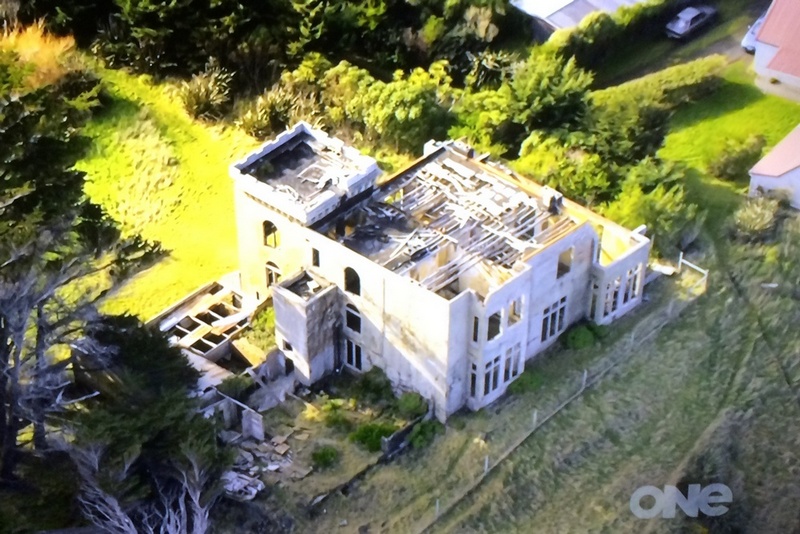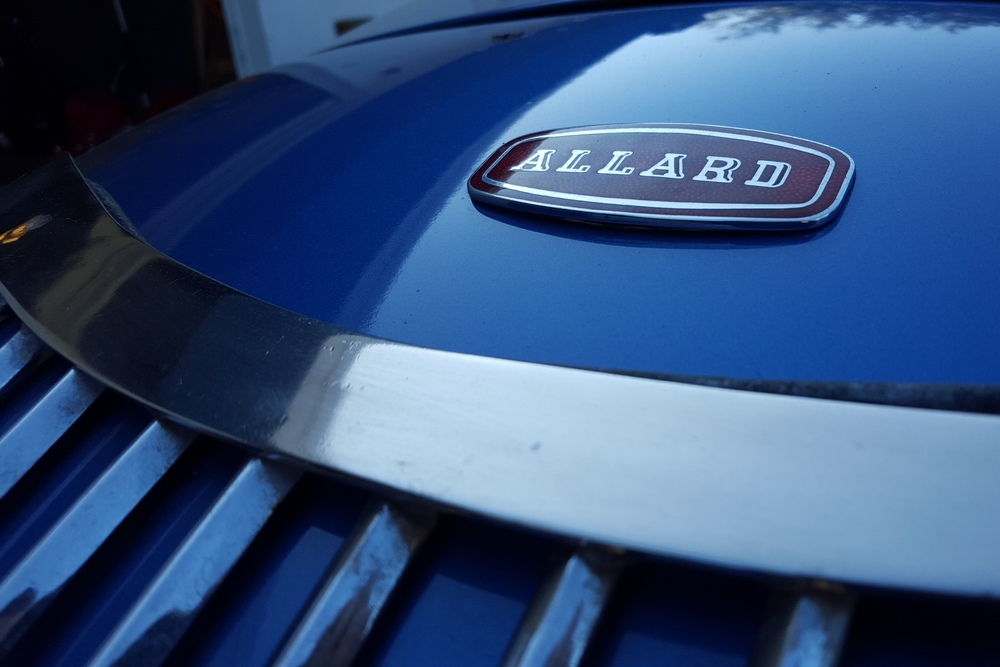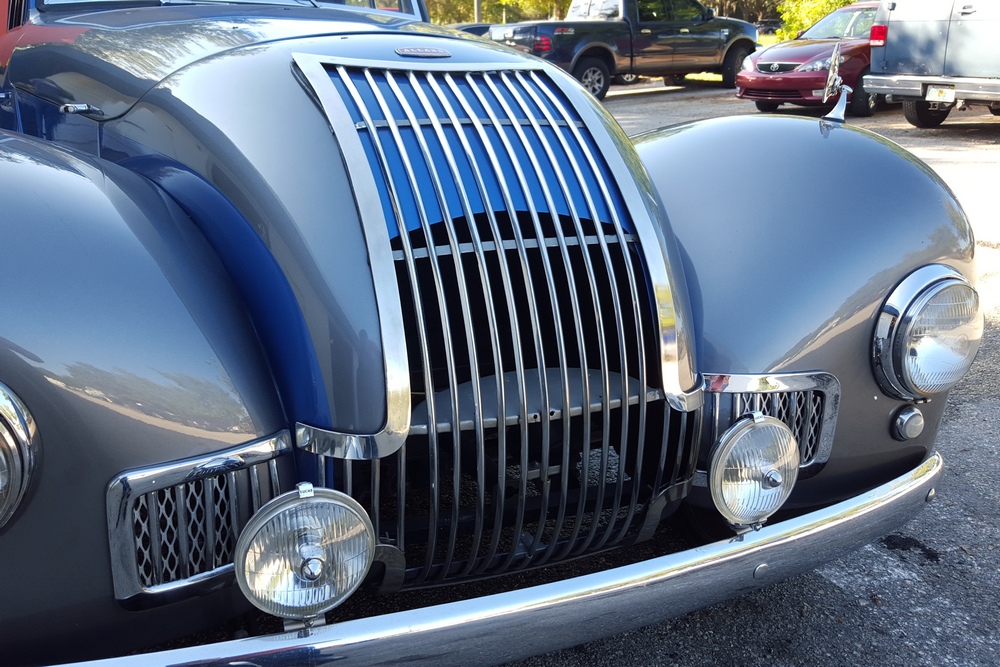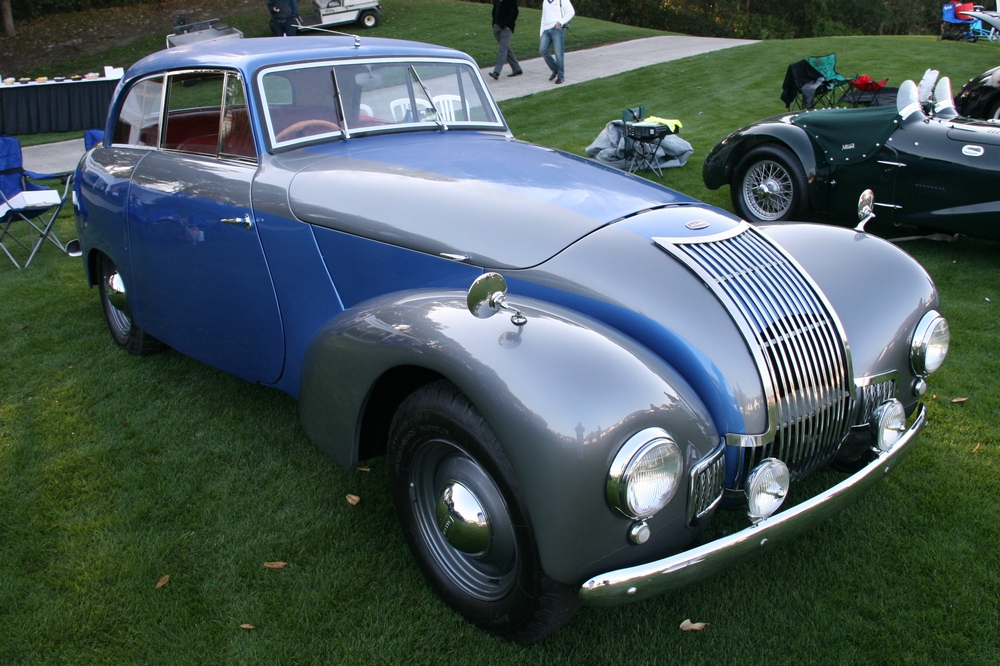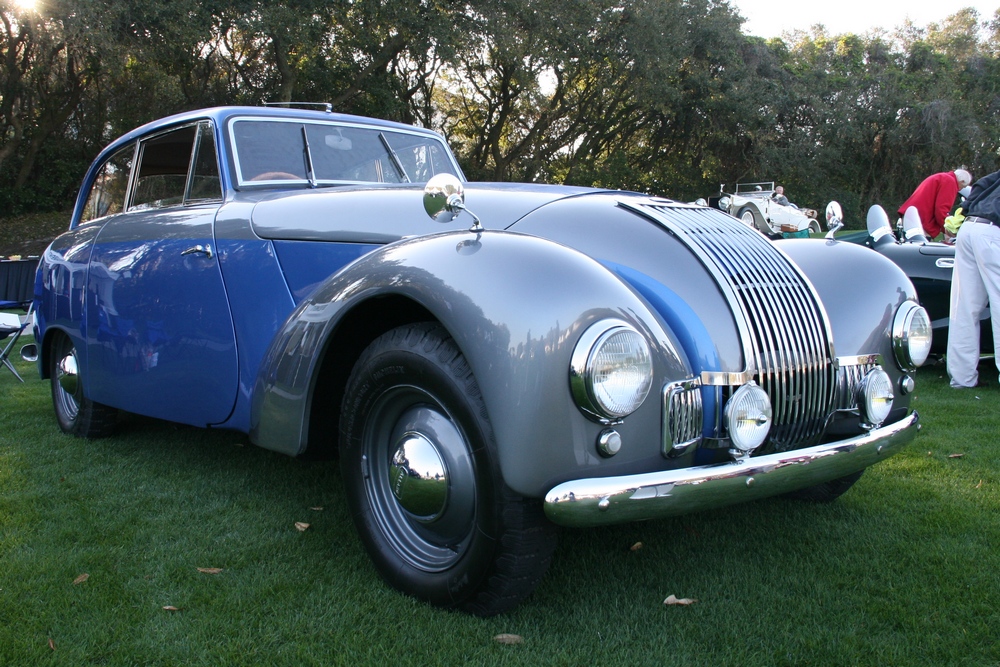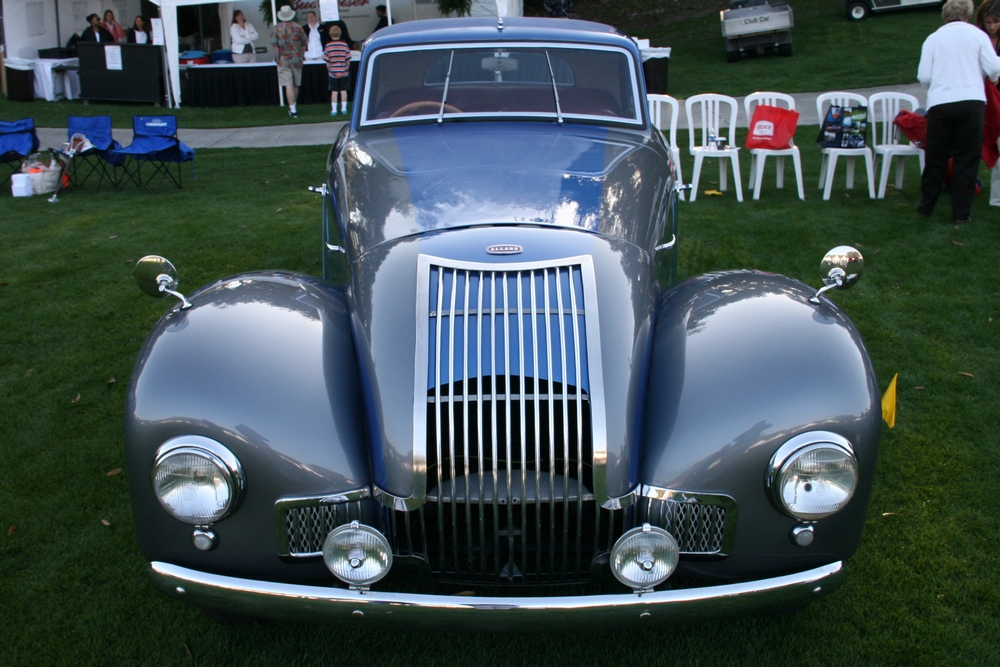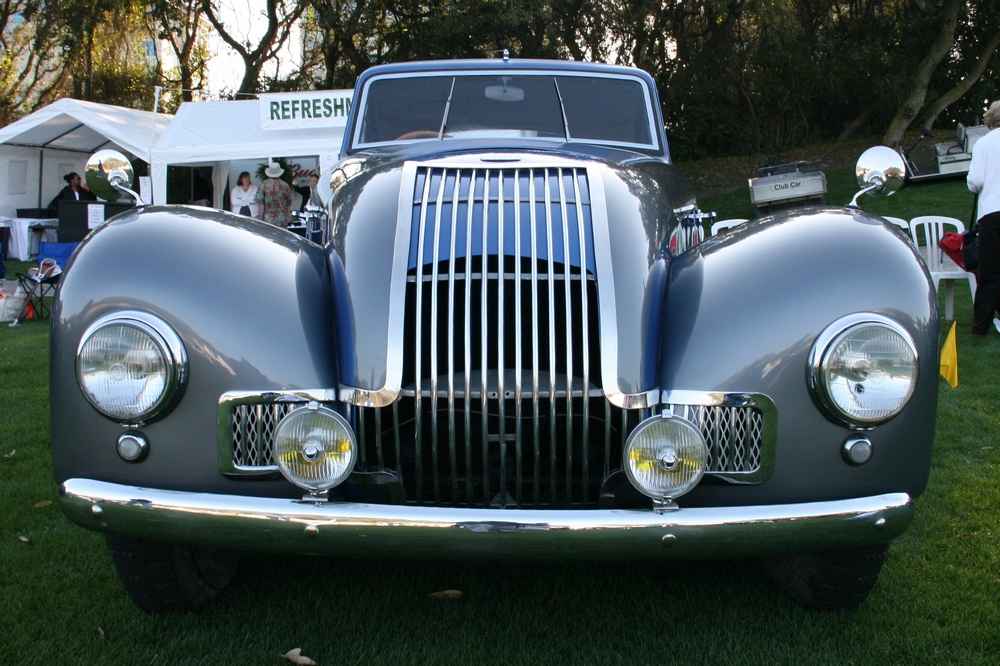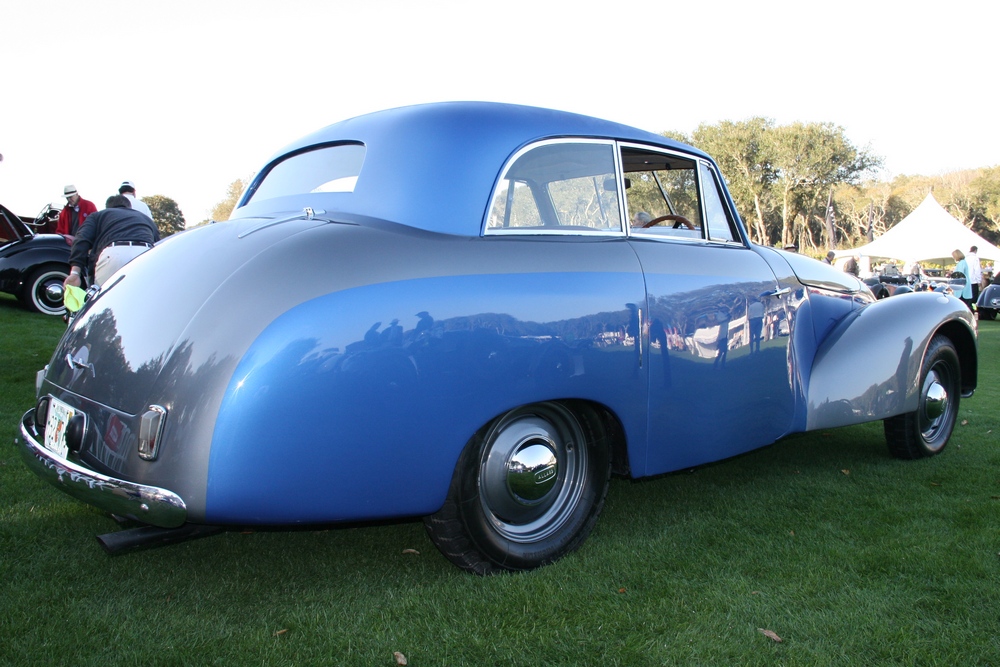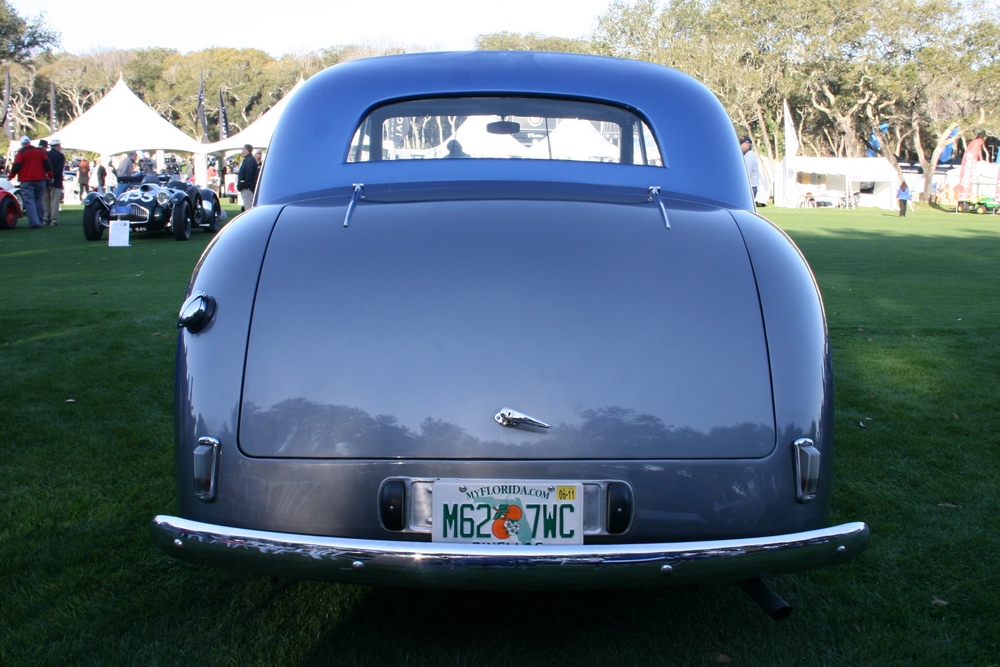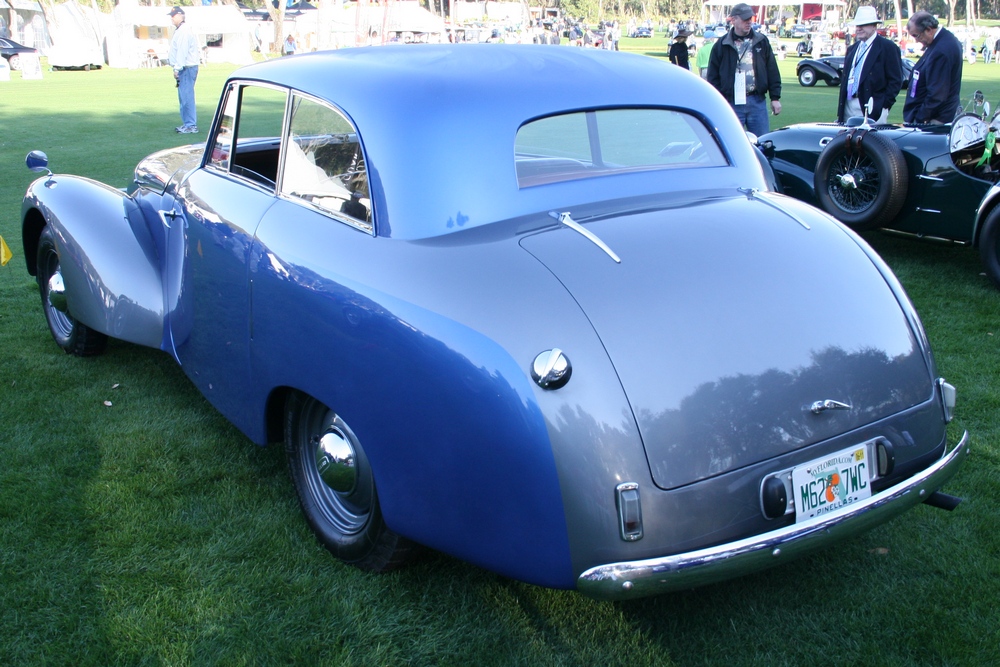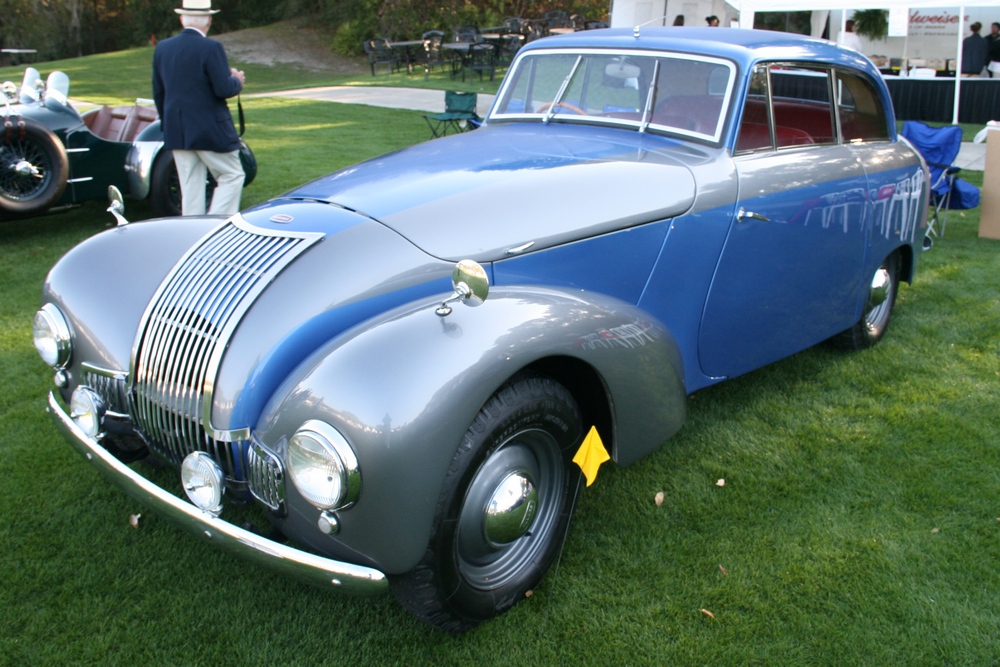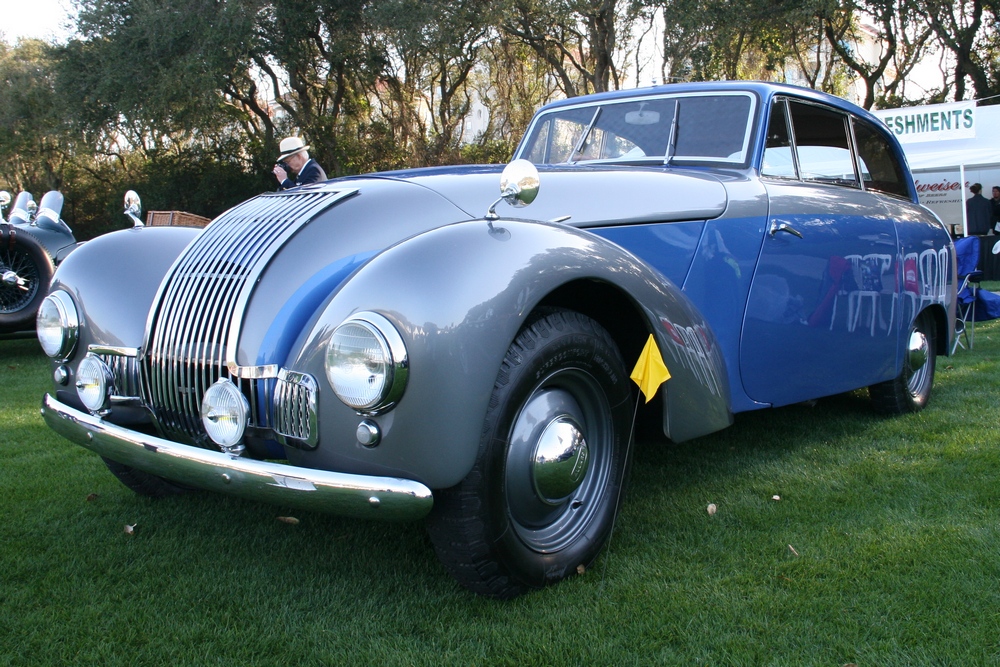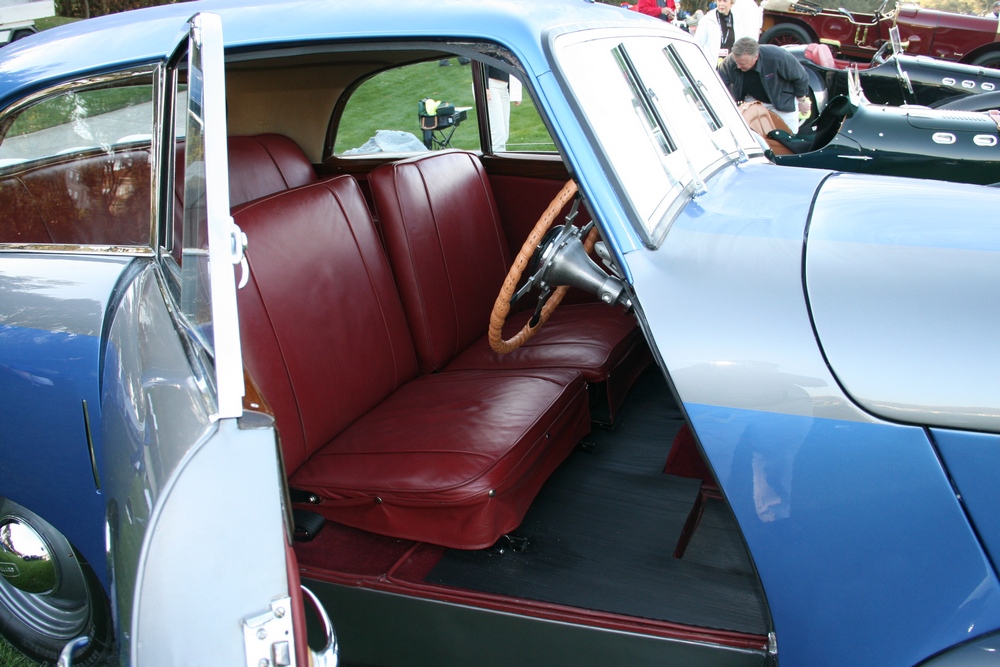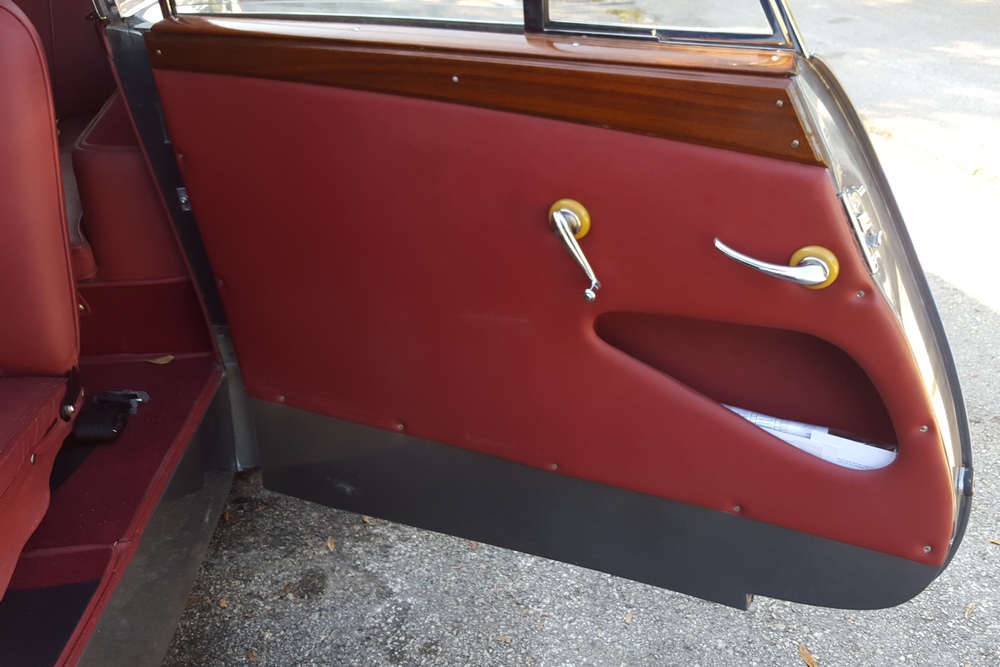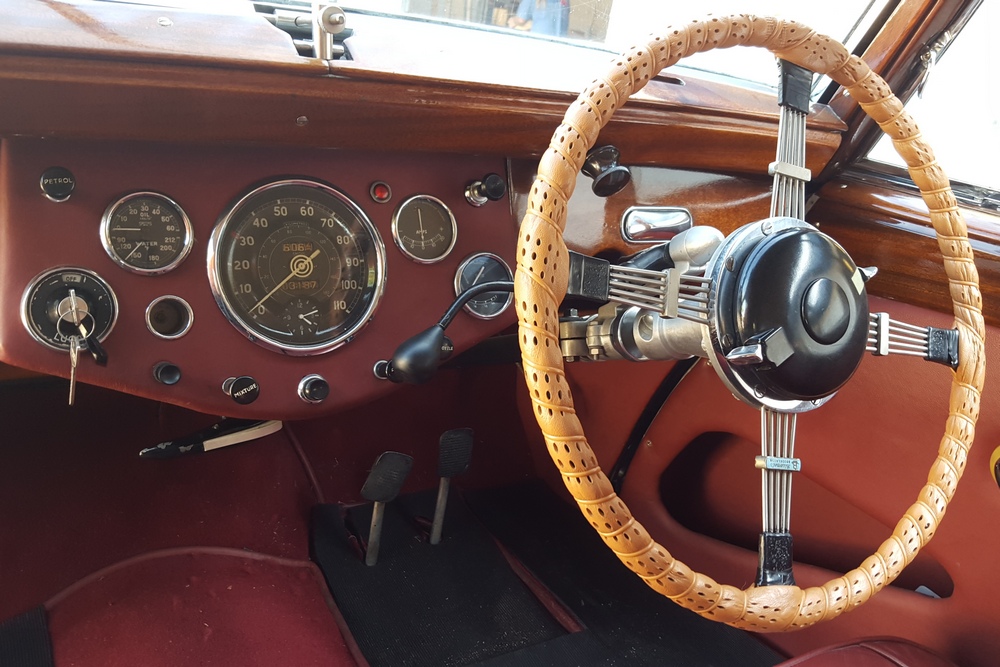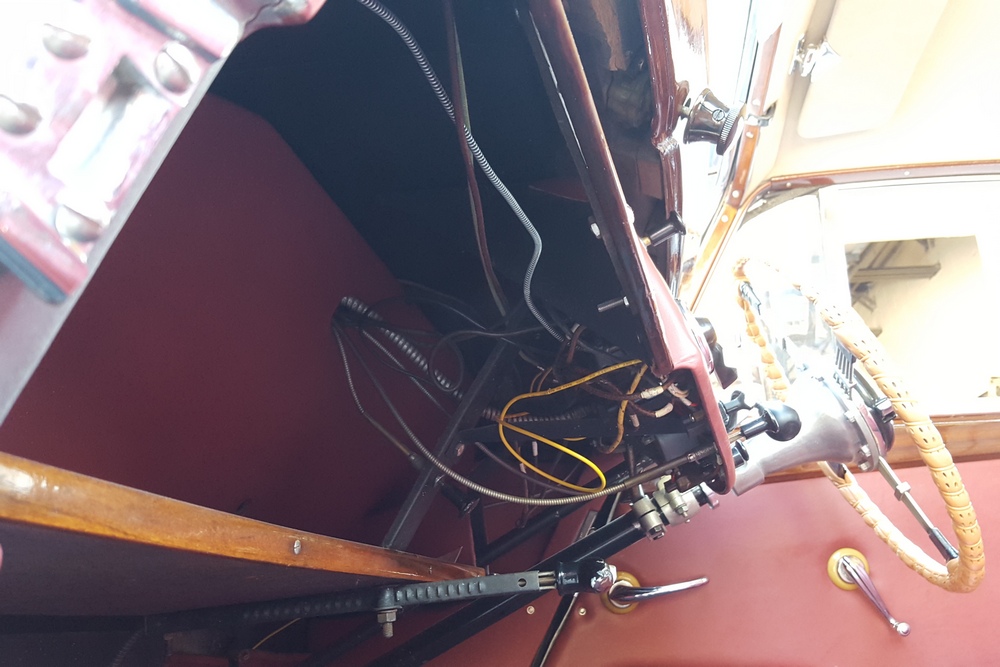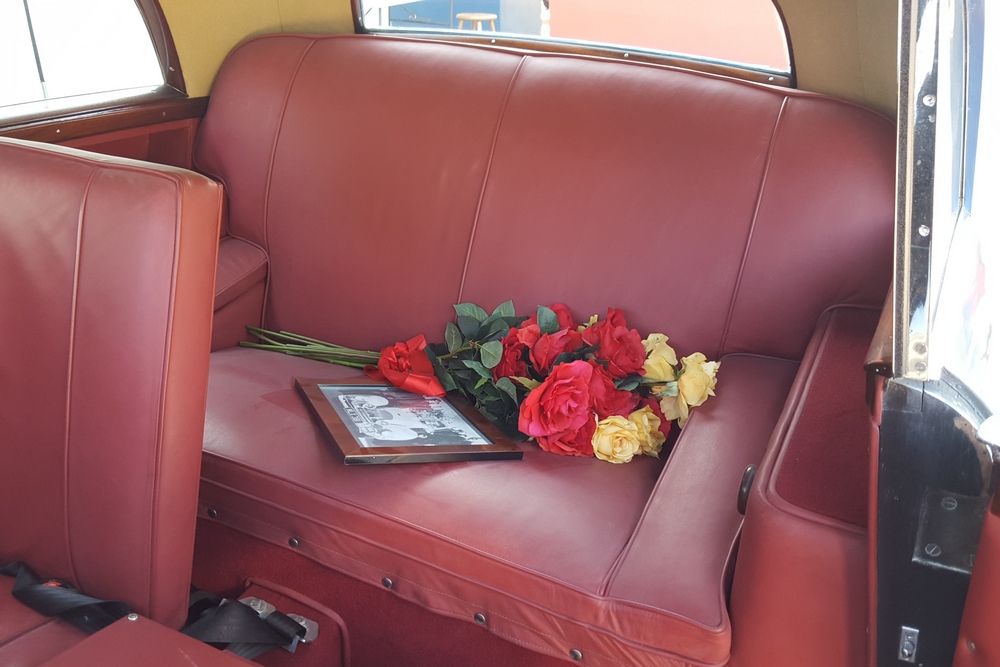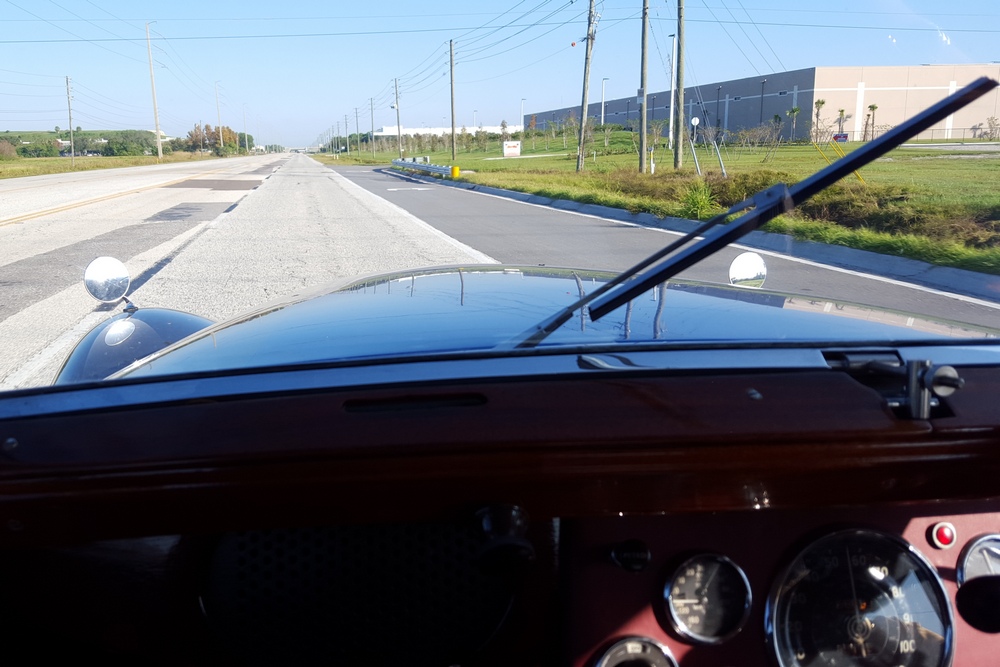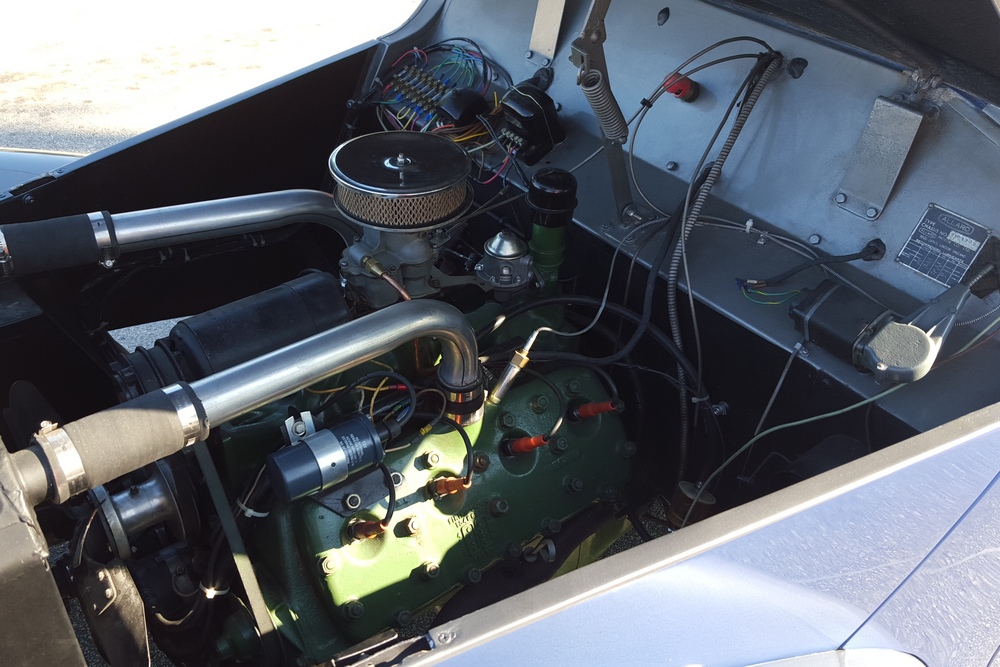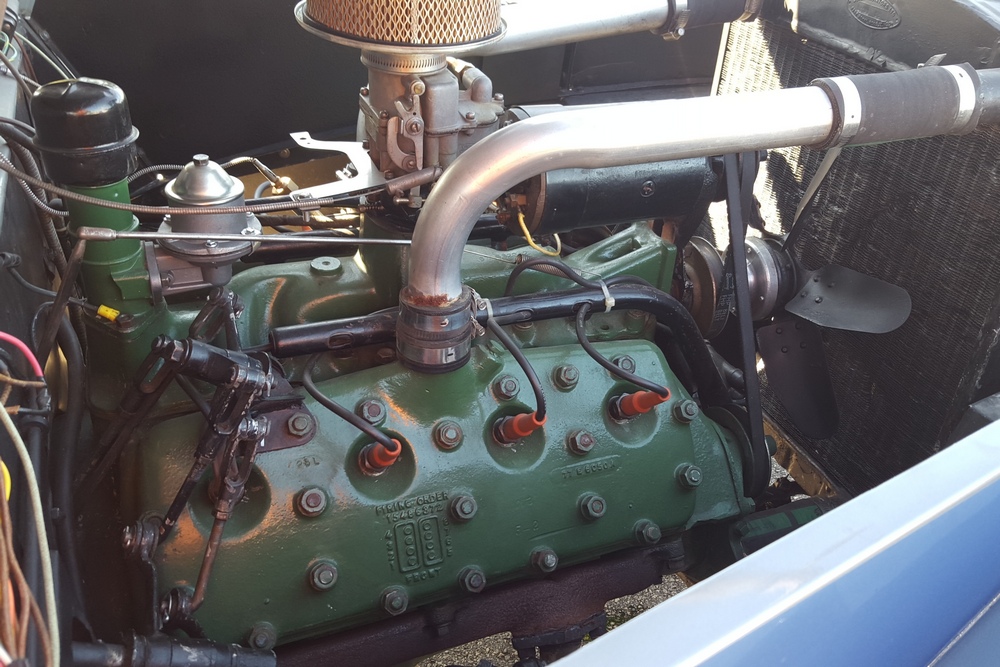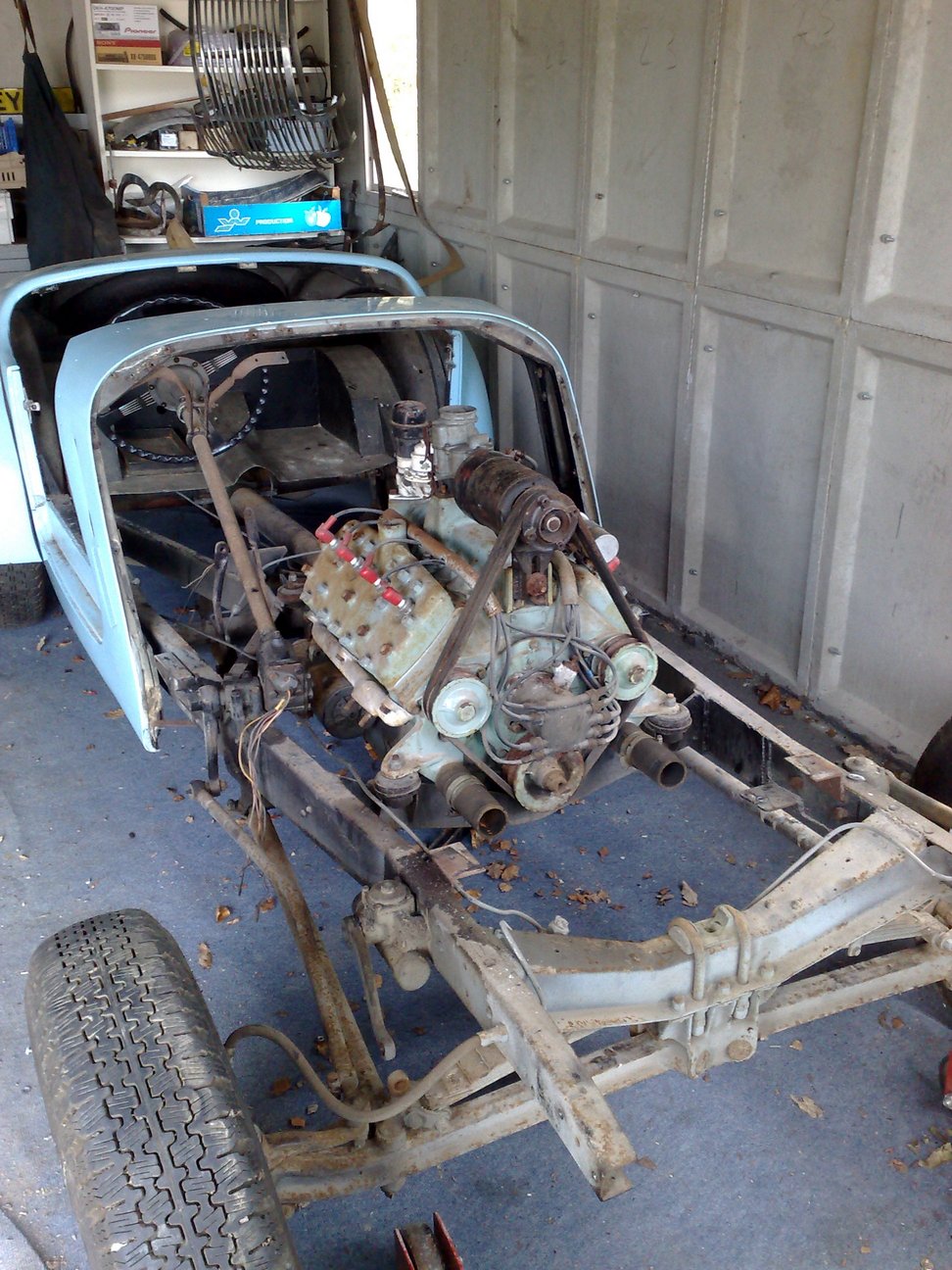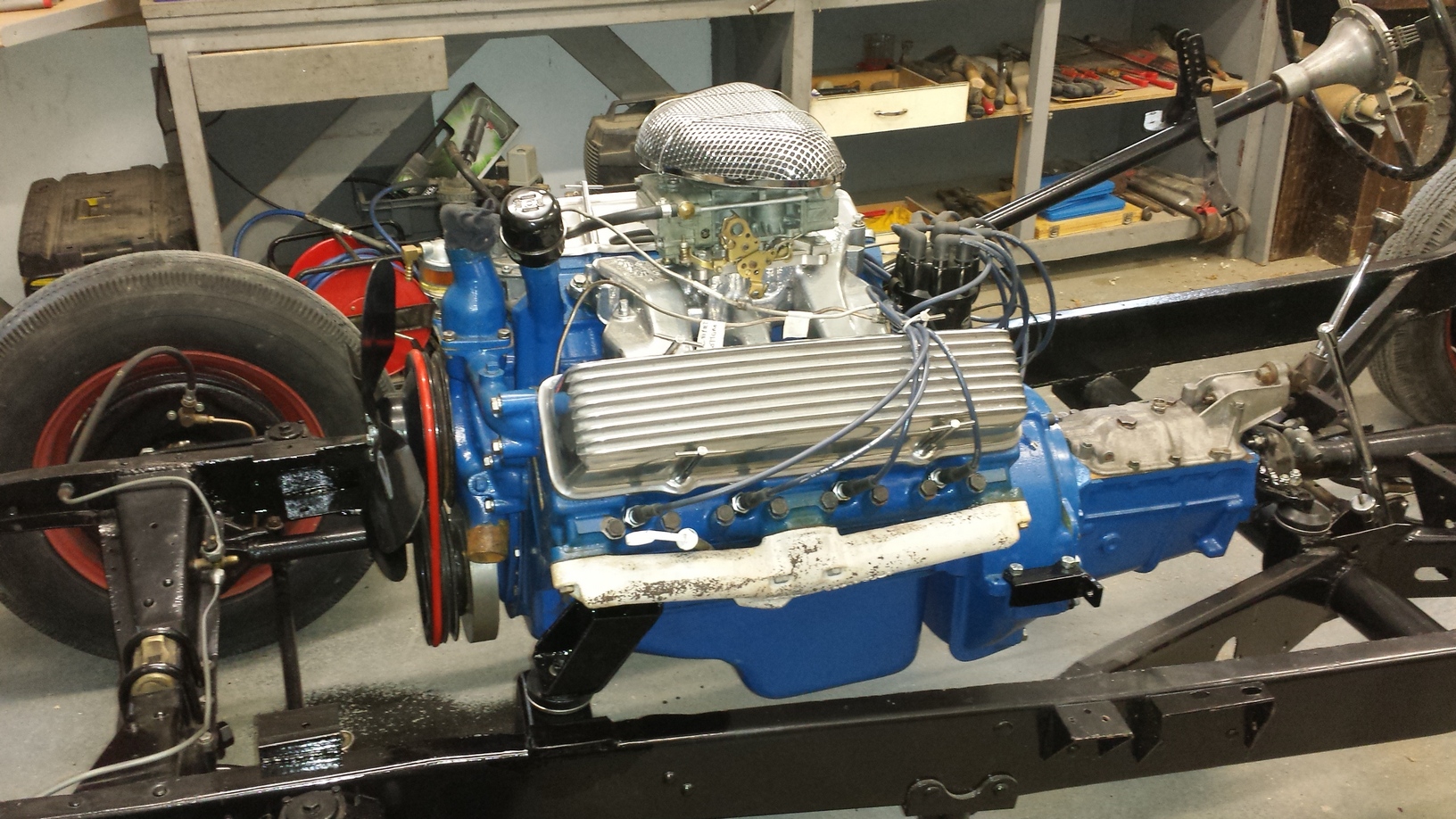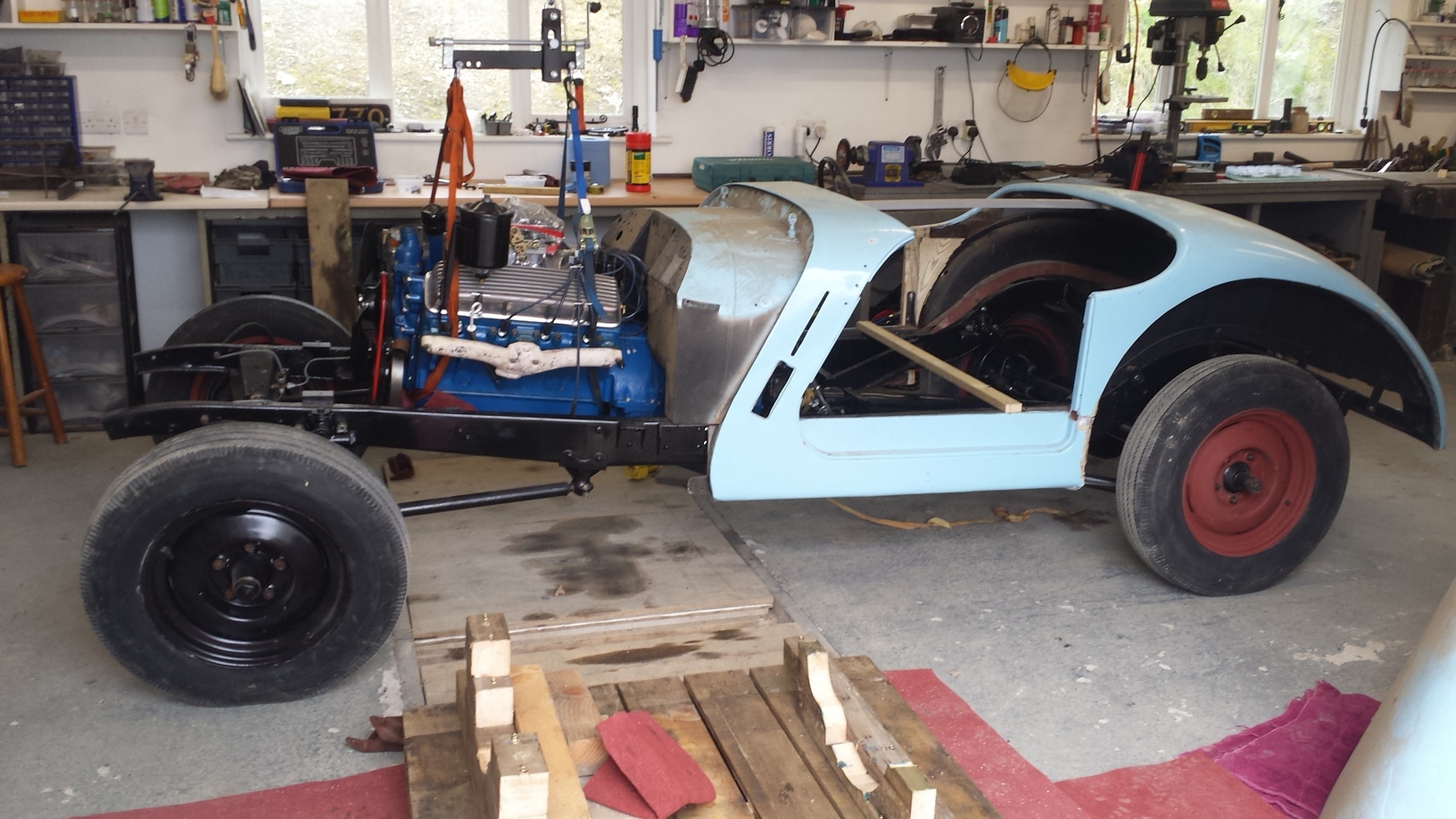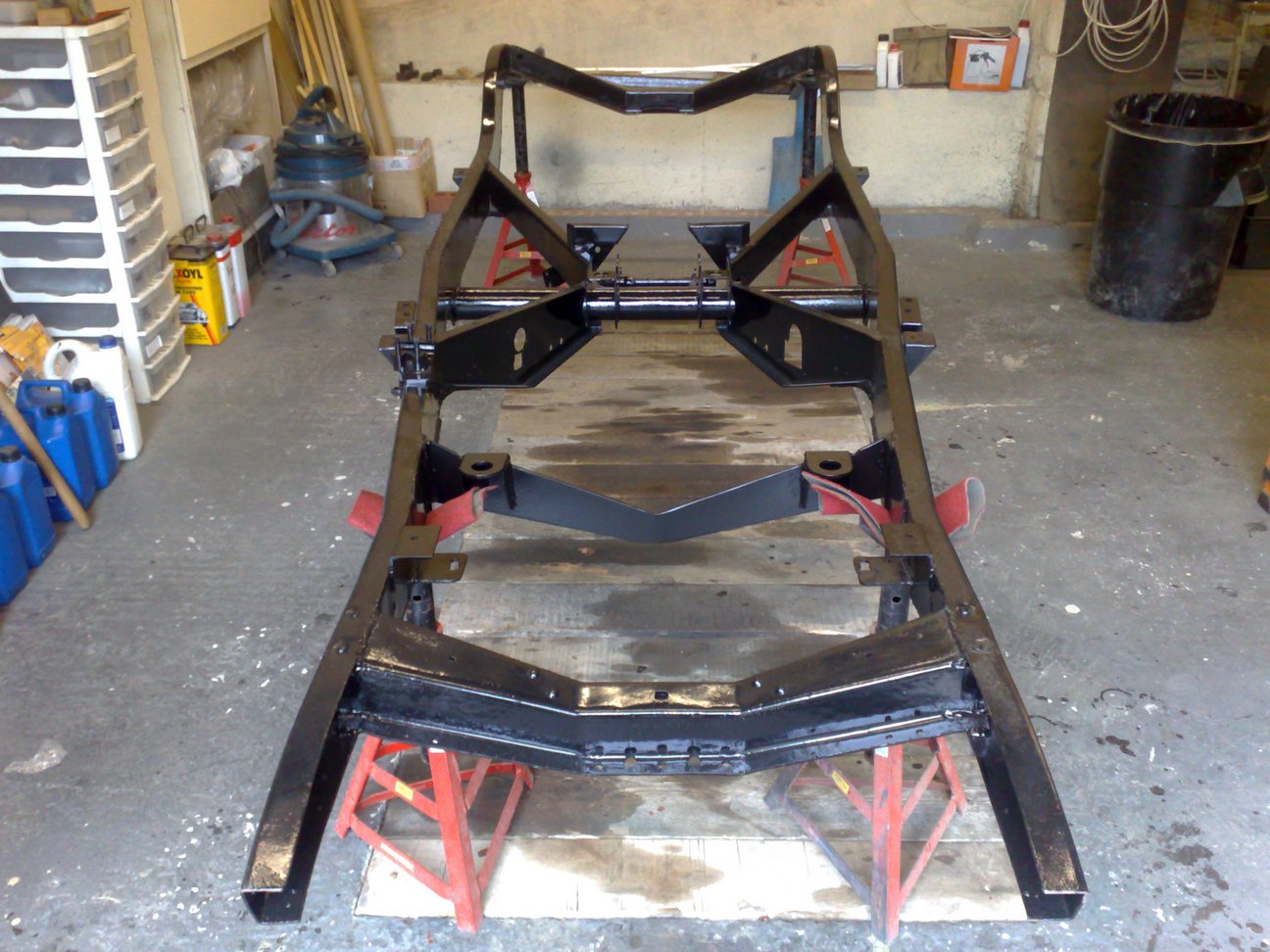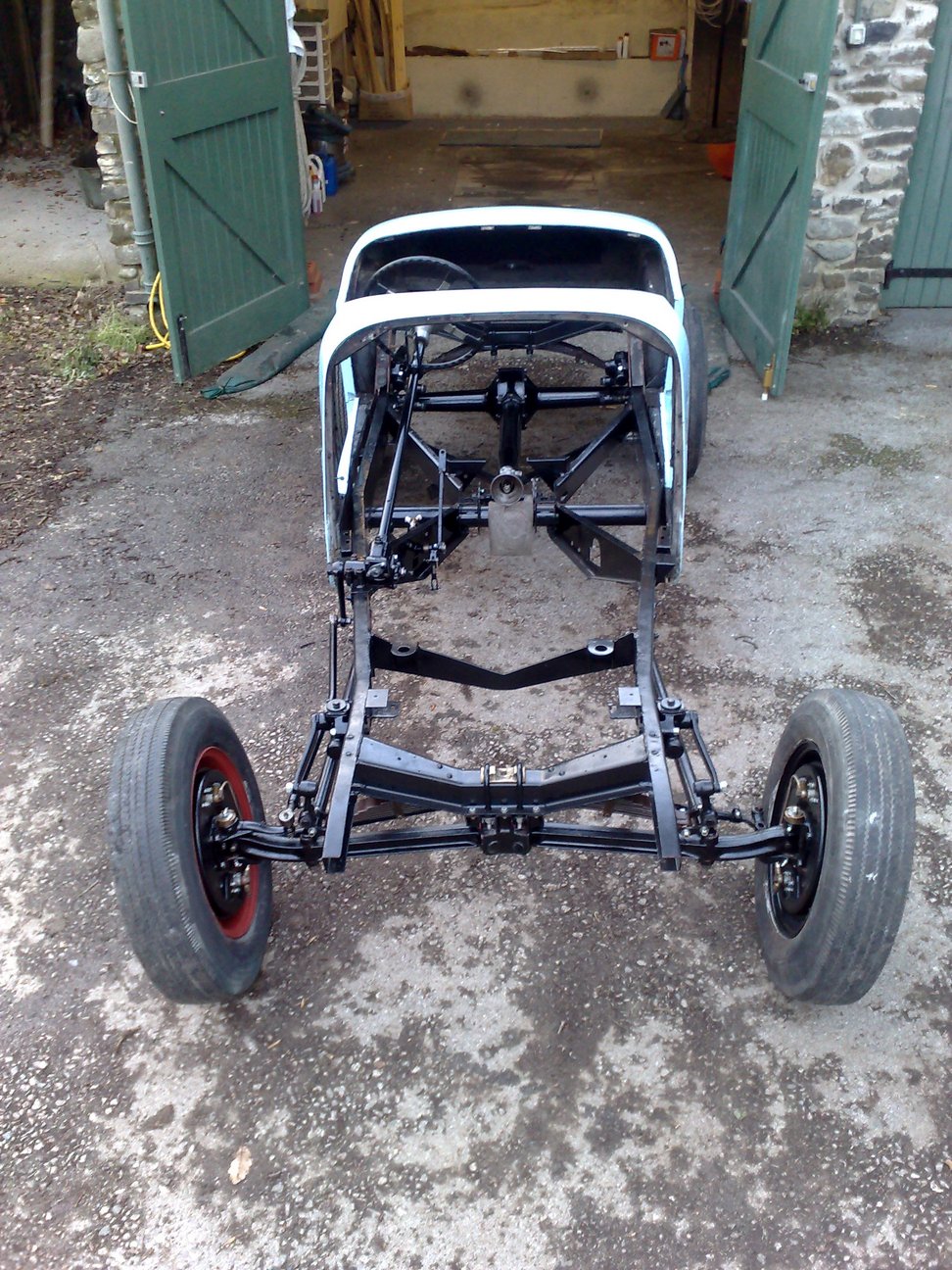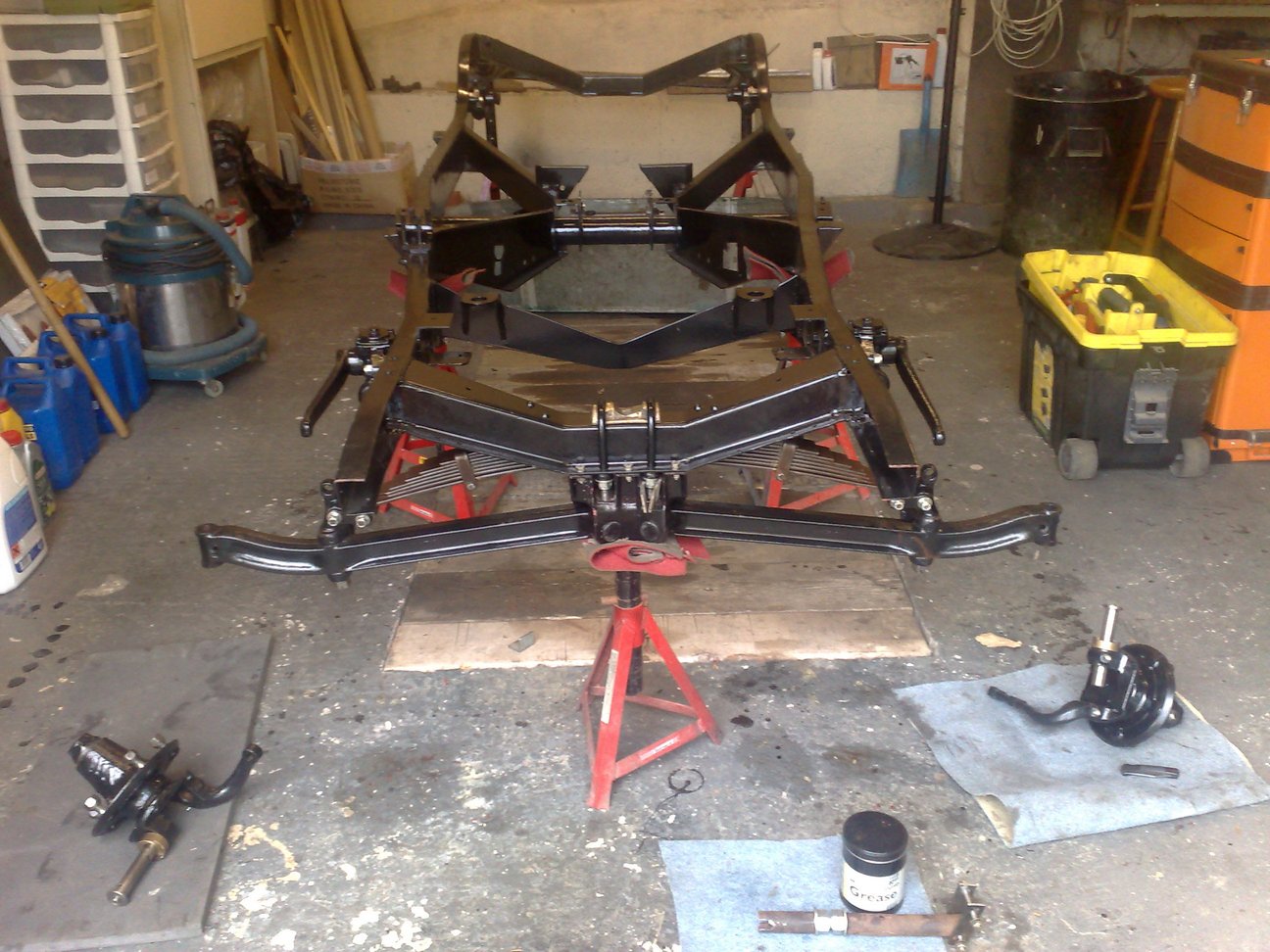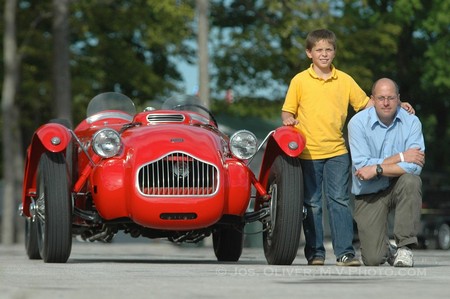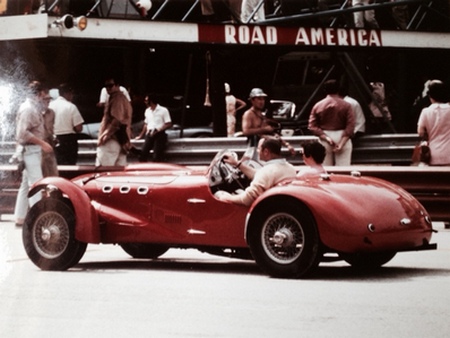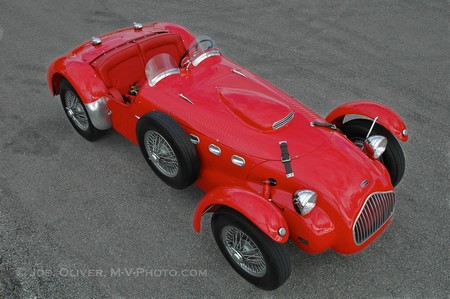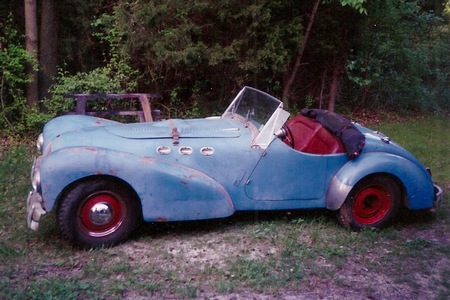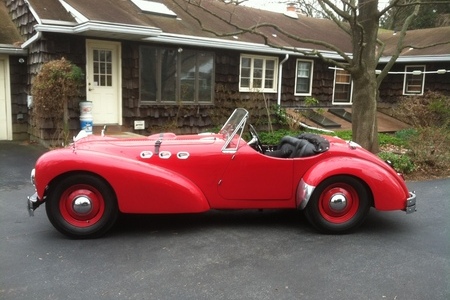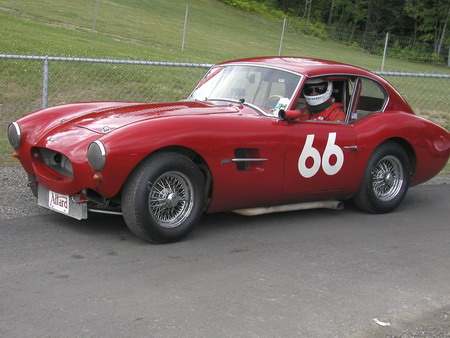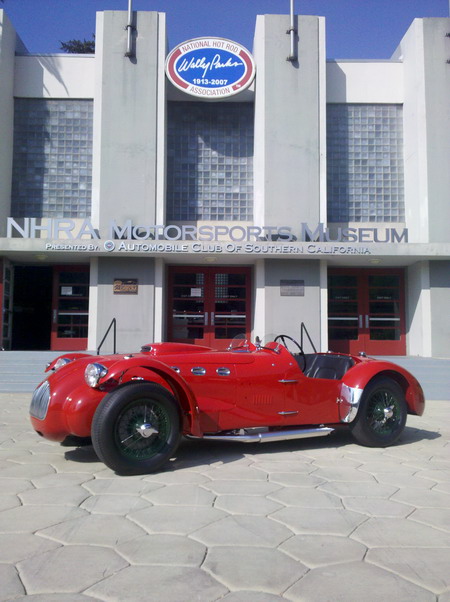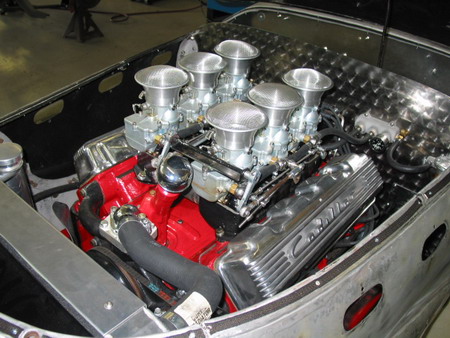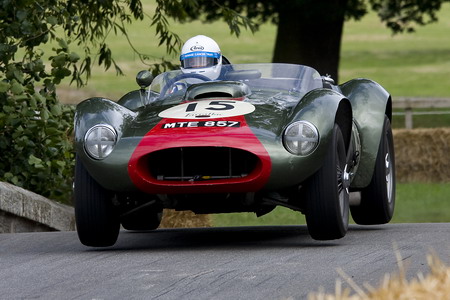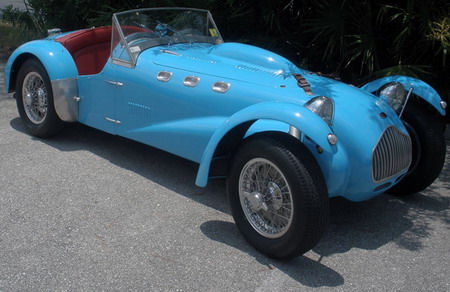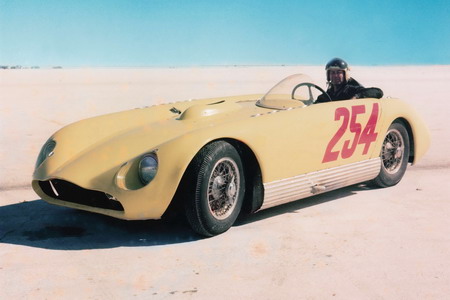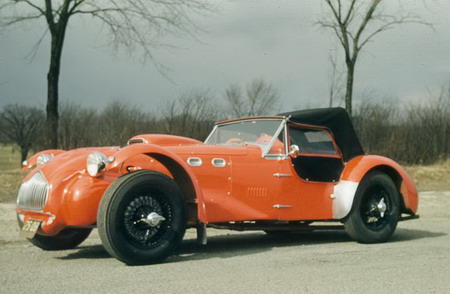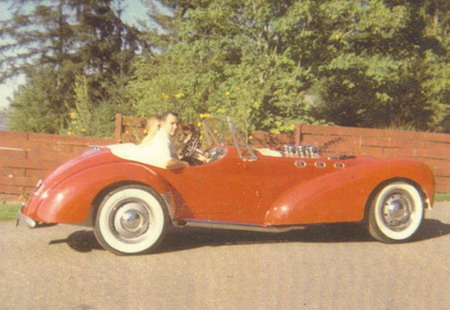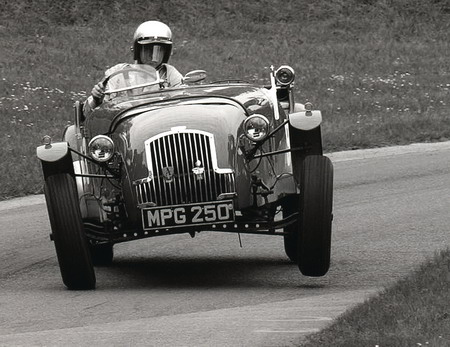Attached by a mere six silent-block rubber mounting points, the body could be swiftly removed as one-piece, thereby exposing and providing access to the principal mechanical components for any necessary maintenance or repairs.
‘Dad’s Allard’ was powered by a 3,917 cc. Mercury V8 engine with a compression ratio of 8.1. Top speed was a reported 135 mph. The car featured a four-speed electric, pre-selector Cotal (French) gearbox, and thus no clutch was necessary. In line with company traditions, this beautiful, stylish machine was unflatteringly named: ‘MAGBODY’!
My father’s friend and senior partner, Managing Director Jack Cross, whom both mum and dad would affectionately refer to as ‘the old man’, was the driver behind the project. Both he and my father shared a passionate belief that magnesium alloy would, given time, prove to be a far superior material than the fast-approaching soon-to-be rival, gaggle of plastics! Jack Cross was also the driver (and proud owner) behind the wheel of this truly unique vehicle which, incidentally, Sydney Allard, the founder of Allard Motor Cars, had taken an interest in, keenly following its progress from conception to completion. Jack could be frequently spotted buzzing around Kent’s narrow country lanes in his... new ‘baby’!
Sadly, in early 1956, Martin’s Bank (later Barclays’s) placed Essex Aero into Receivership. All assets were swiftly disposed of, including the one-of-kind Allard, which was literally stolen for a mere 350 British pounds!!! Our family, with much-depleted belongings in tow, relocated, and alas, subsequent communications between Jack and Jack were reduced to mere telephone conversations.
And so the car just kind of fell off the London’s landscape. But despite all, my father, who lived to just shy of one-hundred, never let up on his life-long love affair with that Allard, and also never ceased, most-like because of his son’s Jag-affections, to prod and insist that ‘the car that the two Jacks built’, in both of their minds, was designed and produced well afore Jag’s XK 140!
Just recently, my wife Maureen, herself an owner-member of our Jag Club, whilst rummaging through some of my parent’s belongings, came across the original photos of the Allard. It was her idea that we, in memory of dad, and because the car represented such a proud episode in his life, leaf back through time’s pages, and endeavor to trace the route she had traveled from the 1956 sale to the present day, trusting to fate of course, that MAGBODY actually did indeed still exist!
Fortune smiled – but feebly; for many any a gap still exists in her history, and no pot of gold was to be found at her rainbow’s end! We did discover that around twenty years ago, the car received a new Allard P-Type body, and the revolutionary Mag-Alloy body-shell... the prime objective behind our search, once removed, had been discarded – but, we questioned, to what end? [Ed: The Magbody was placed onto a P chassis...see Thurston note below]
By chance, our continuing probe brought us into contact with Colin Warnes of the Allard Register. With his help, we were able to locate the MAGBODY’ shell. It is currently housed at Heritage Classics, a Middlesbrough (Teesside) car restoration company that, coincidentally, specializes in Jaguar renovations.
I mentioned earlier that fortune had smiled, but…!
I was able to make contact with John Collins, the founder and owner of Heritage Classics, and a super gentleman to boot. Understanding and appreciating the motives of our project, he immediately supplied me with a series of photographs, a few of which are shown, plus an update: As I’m sure you will understand, his information generated within Maureen, Colin, and myself, a rash of very mixed feelings.
Sadness and a sense of dismay: that such an example of artistic expression and a long-obsolete skill, has been reduced to, by all appearances, a barely clinging-together collection of metallic leaf flakes. The buffet of one mighty wind gust, one fears, would scatter all in a thousand different directions!
A muted joy: that what once was, still is – though barely!
As John explained, the owner prior to the current, operated a trailer-manufacturing company in Aberdeen. Requiring additional space for his business operations, MAGBODY was moved into a field, where it remained for fifteen years.



